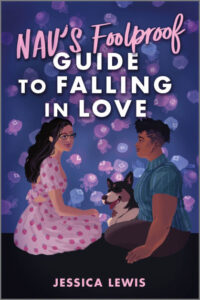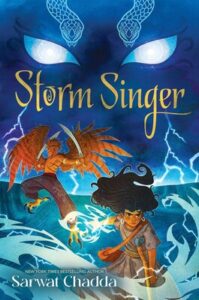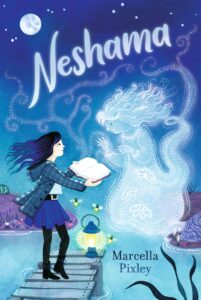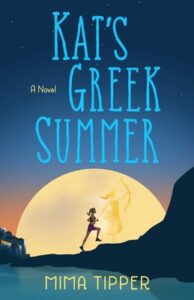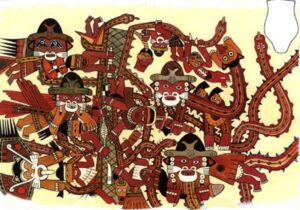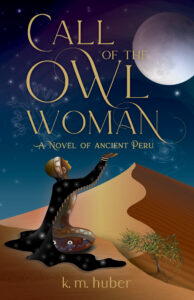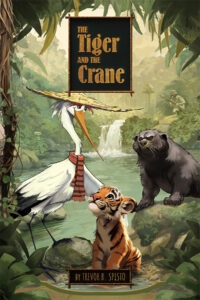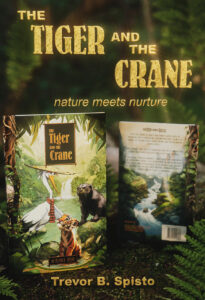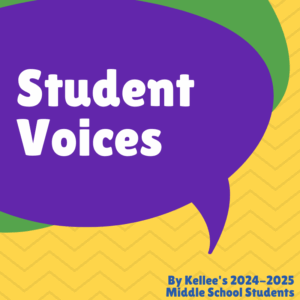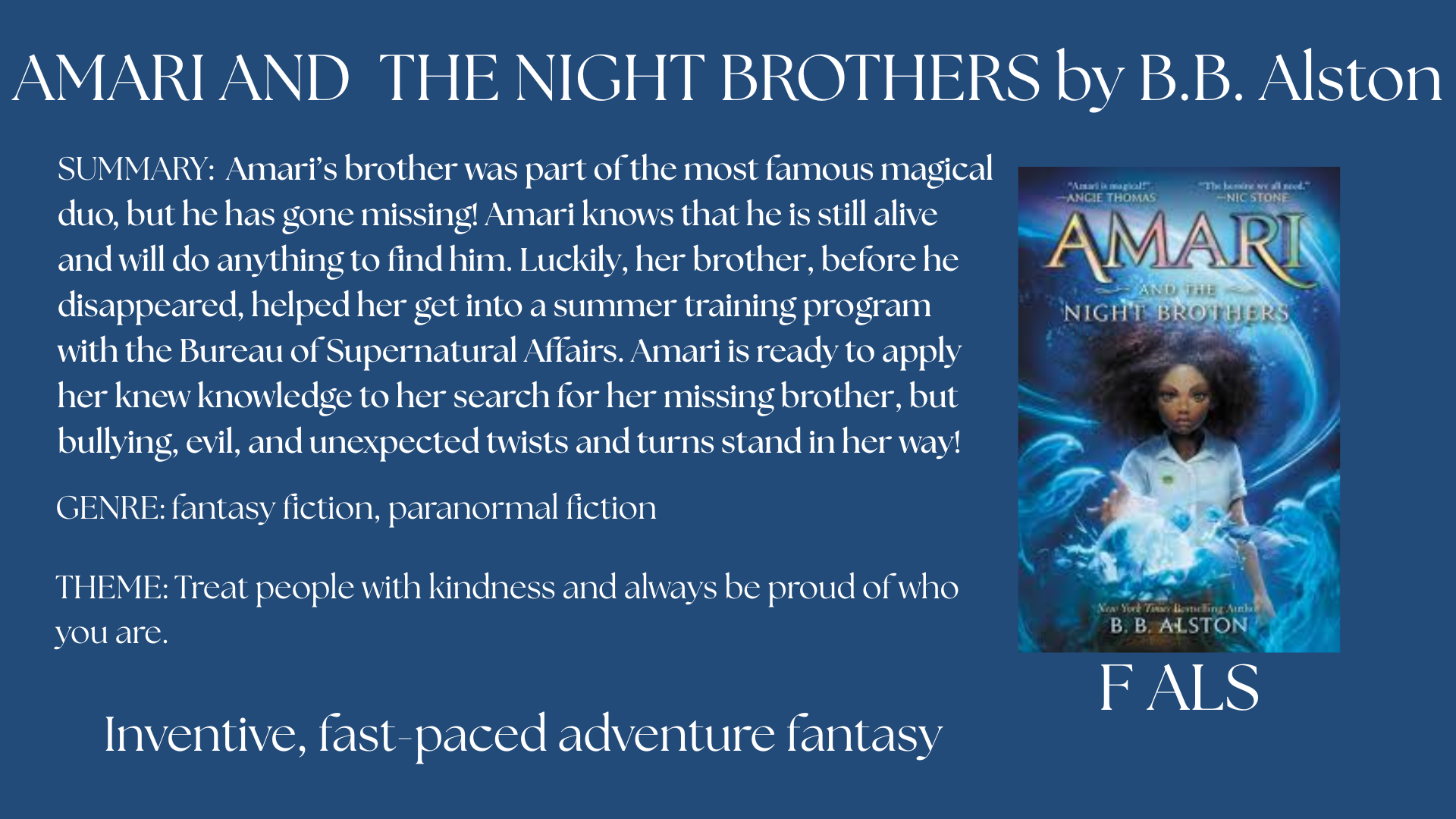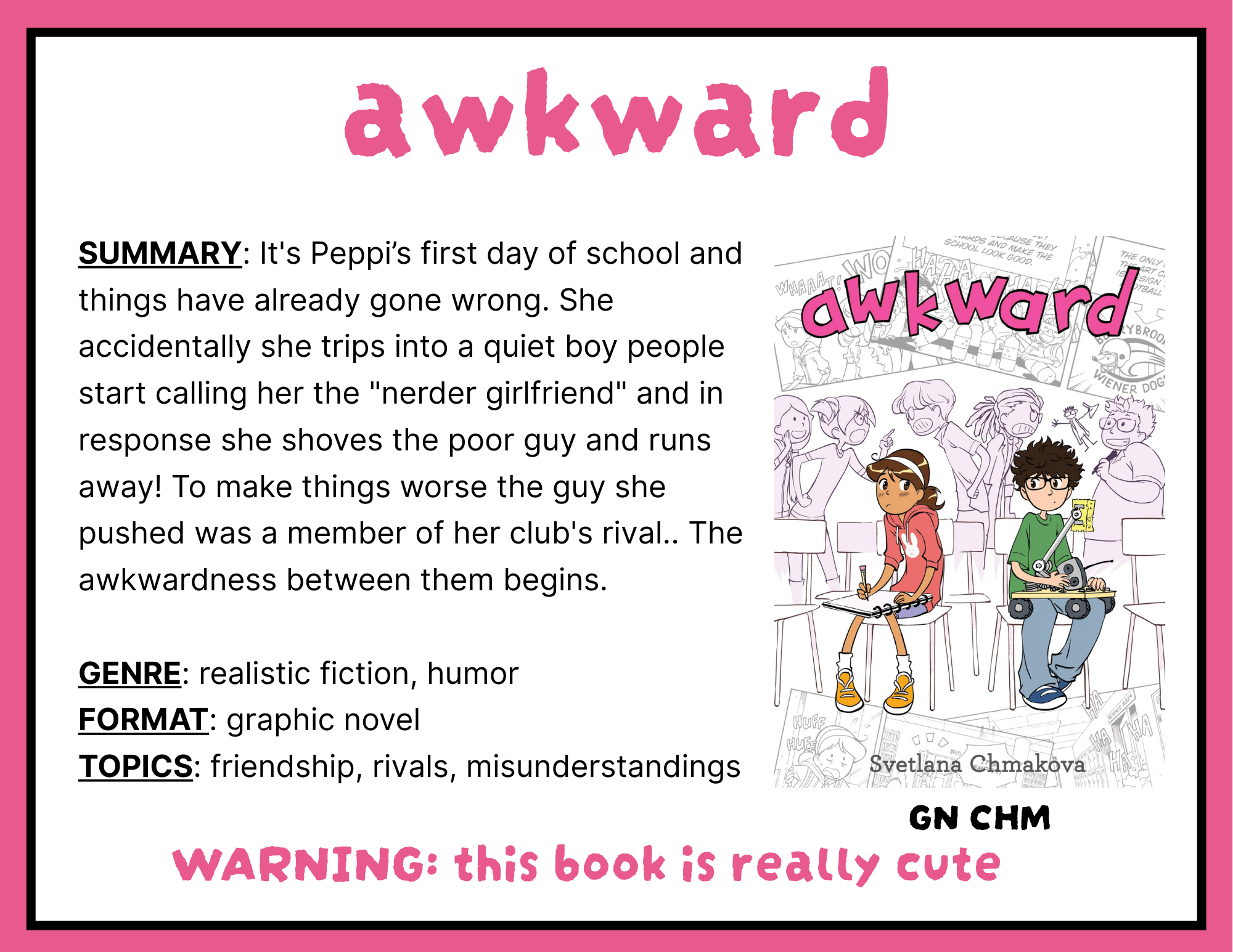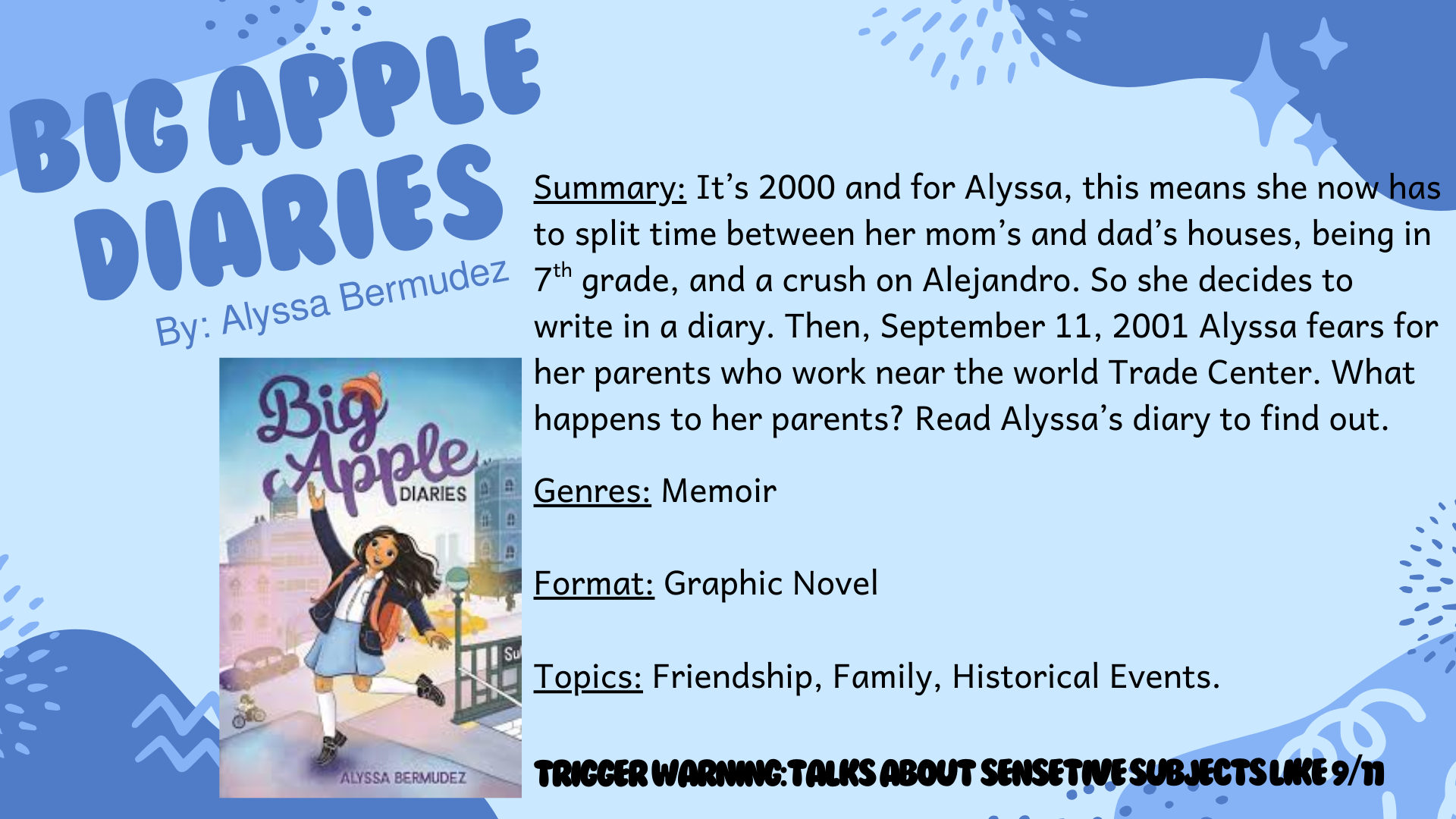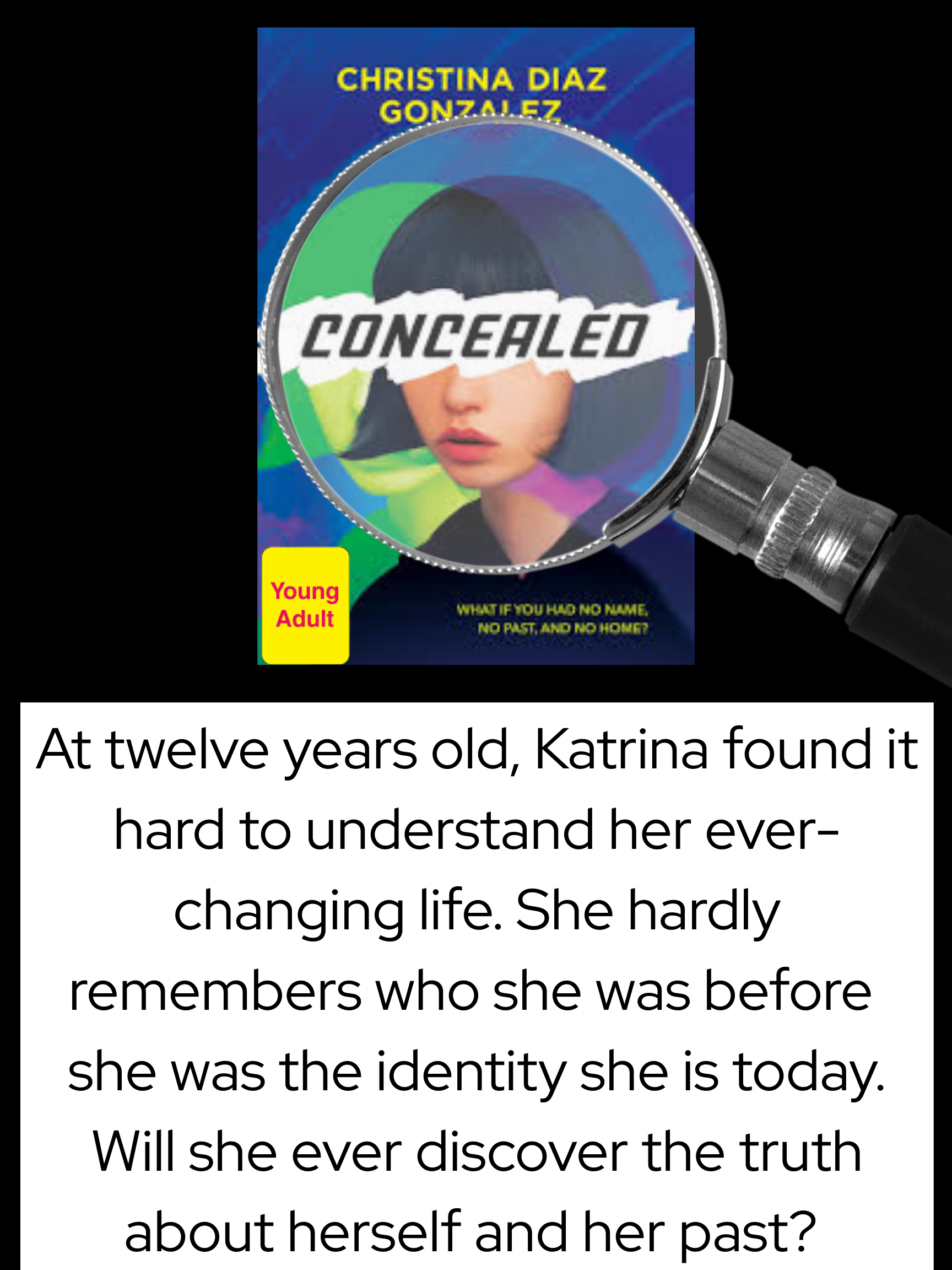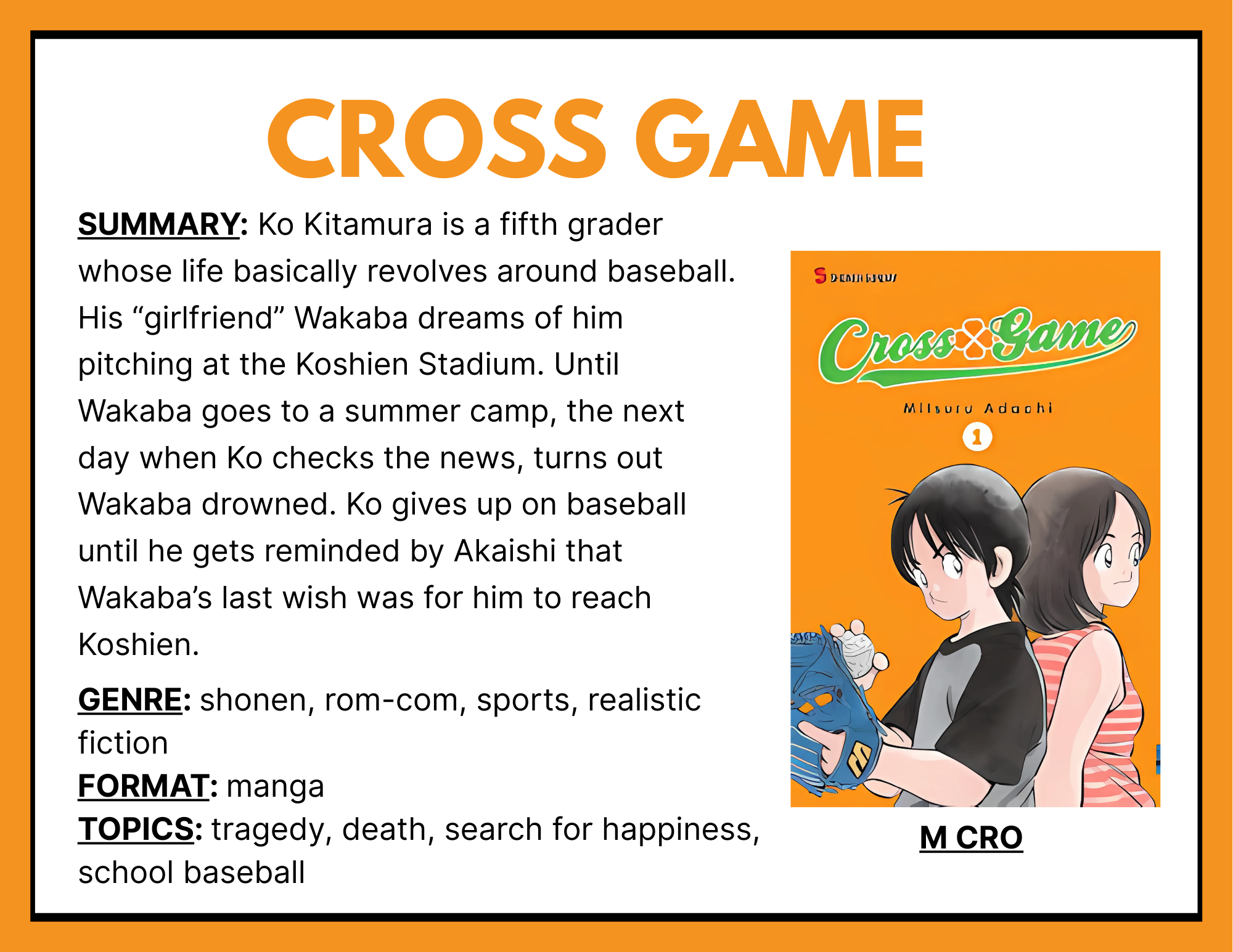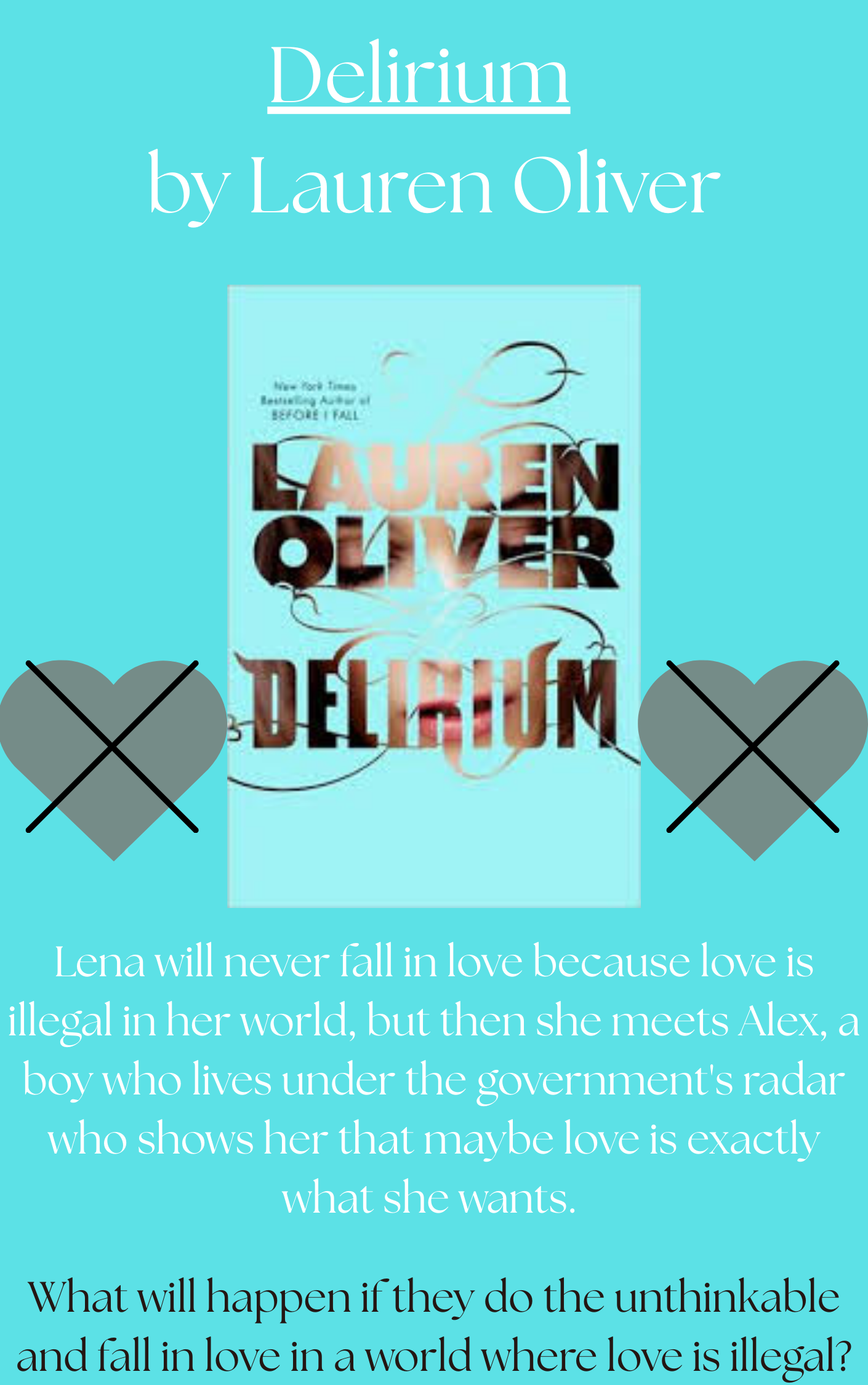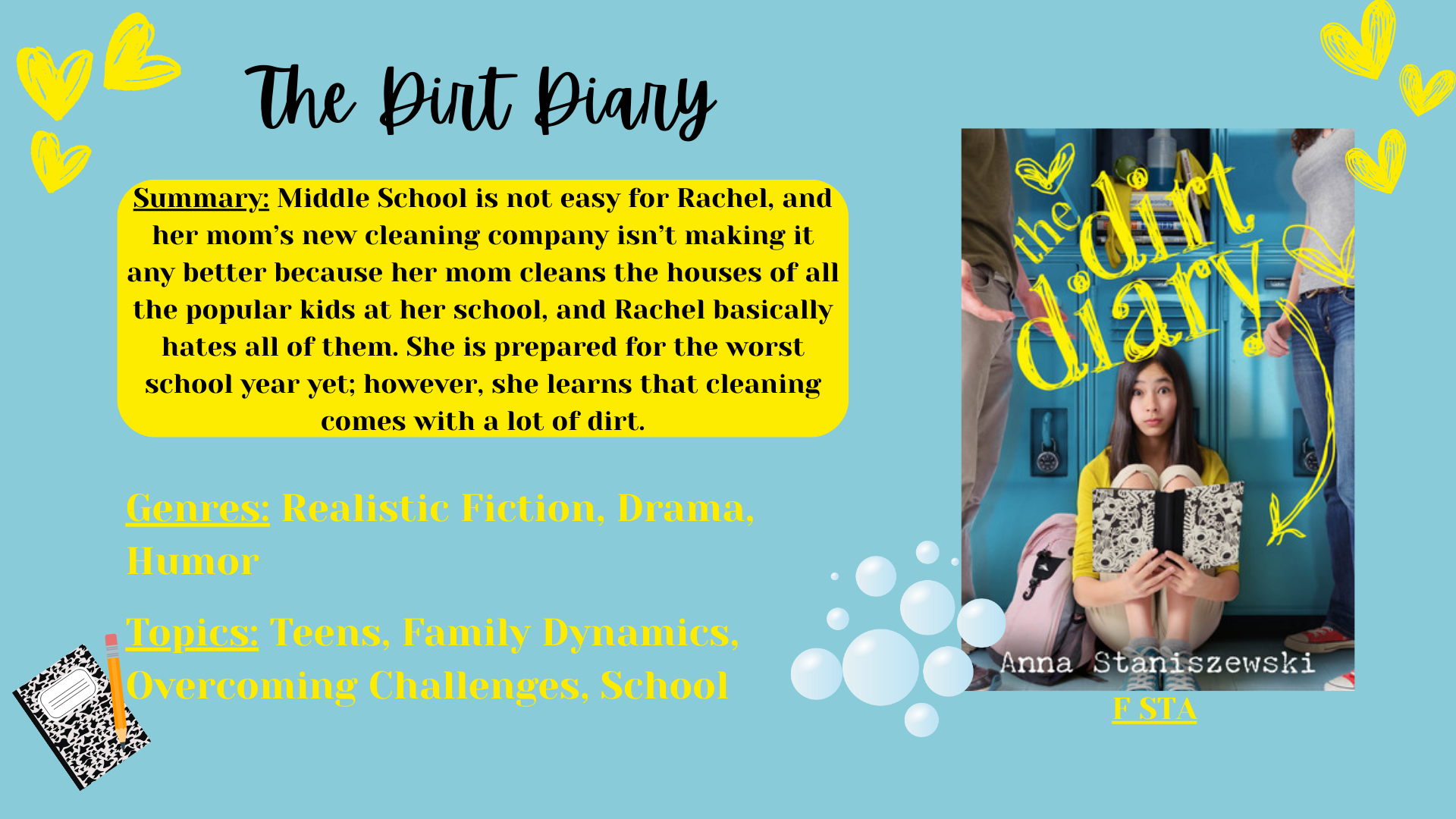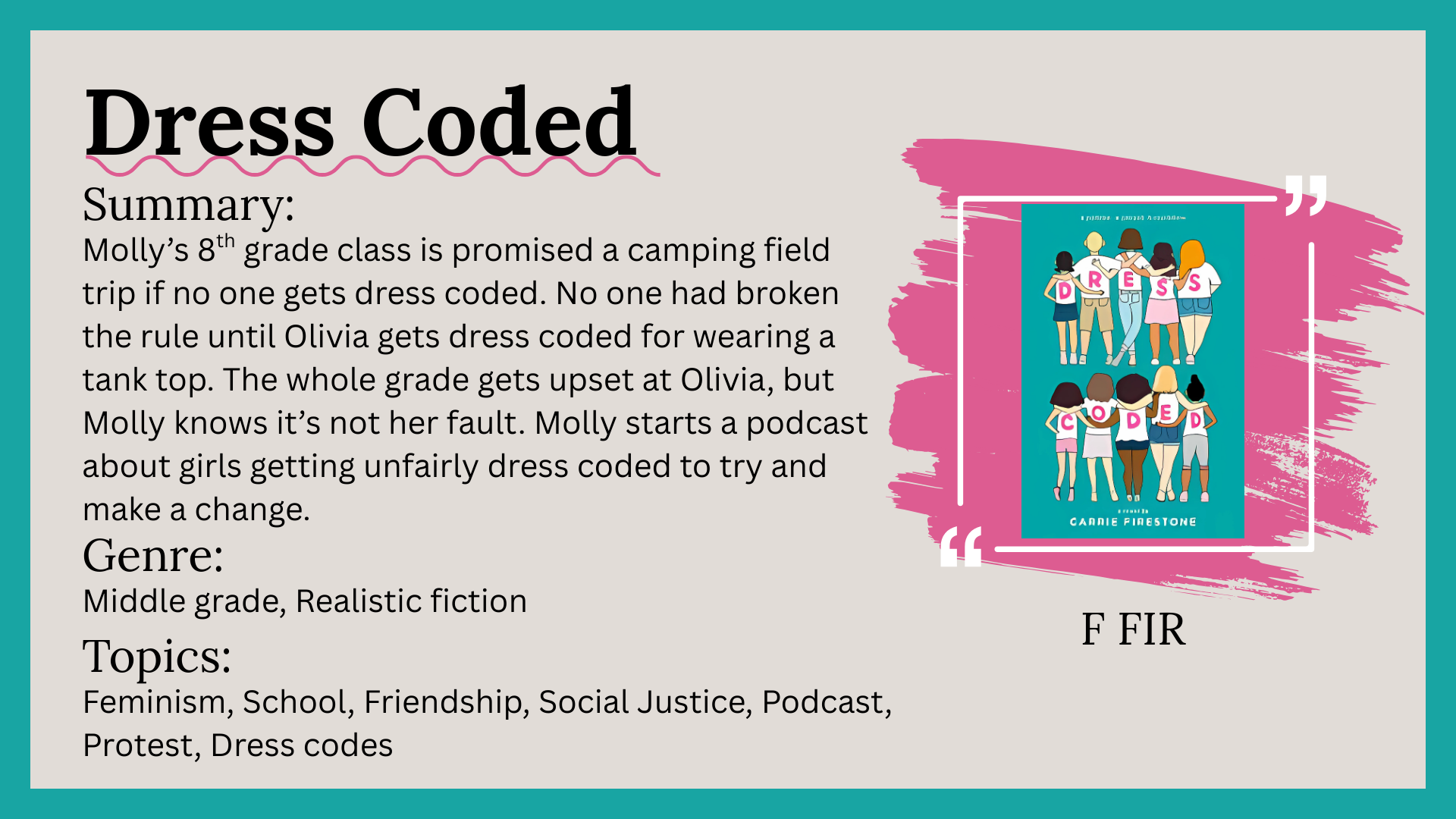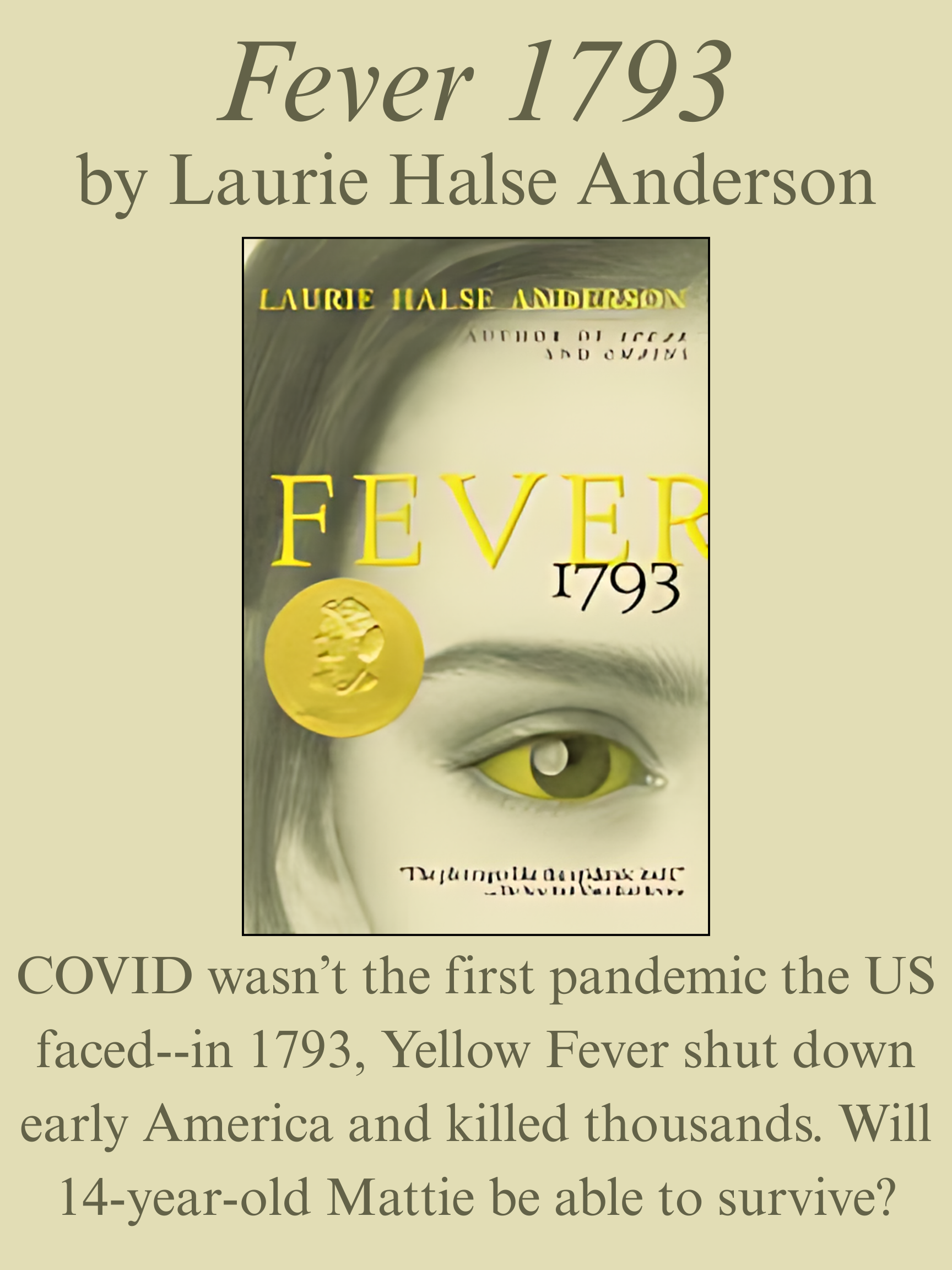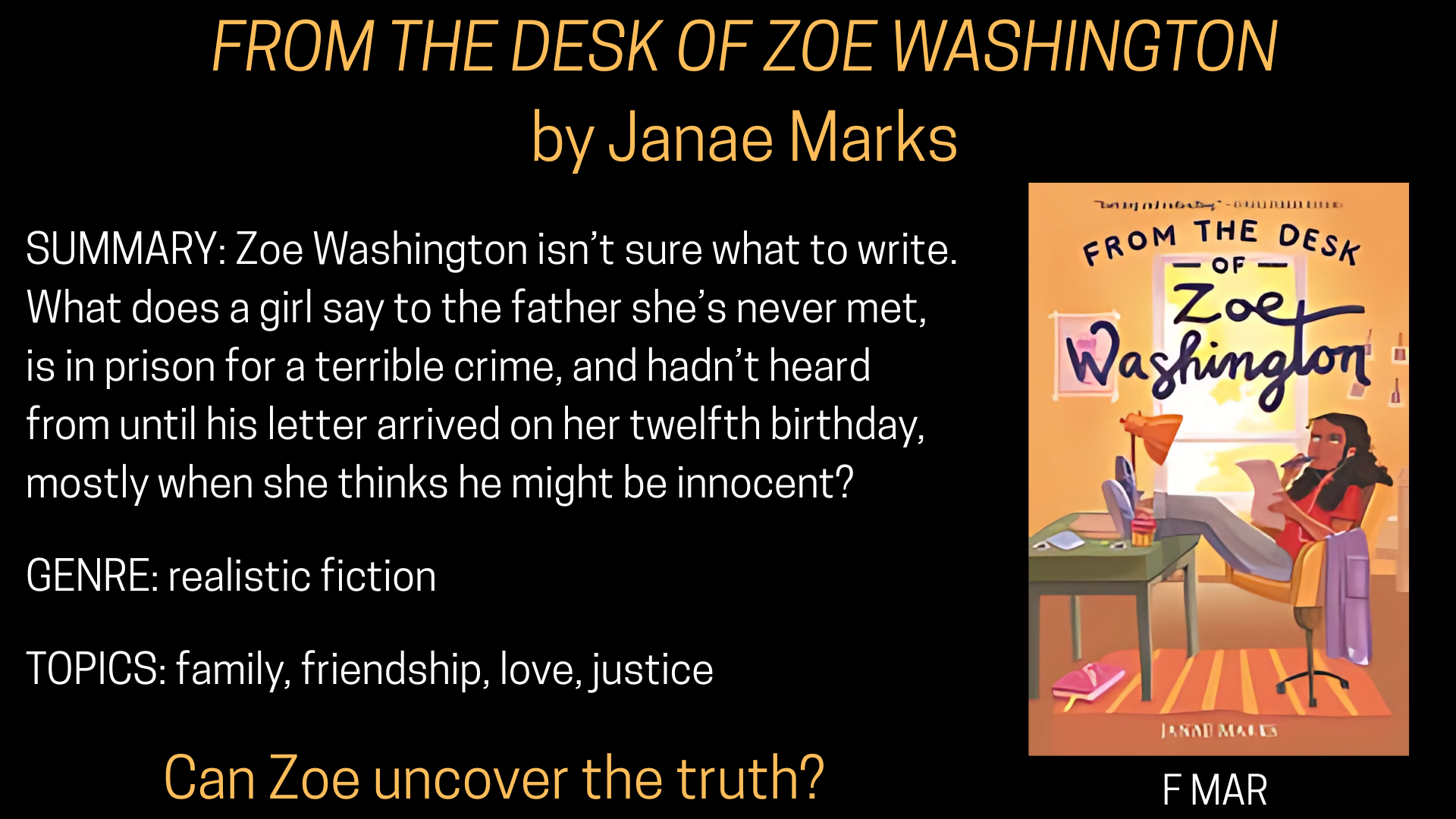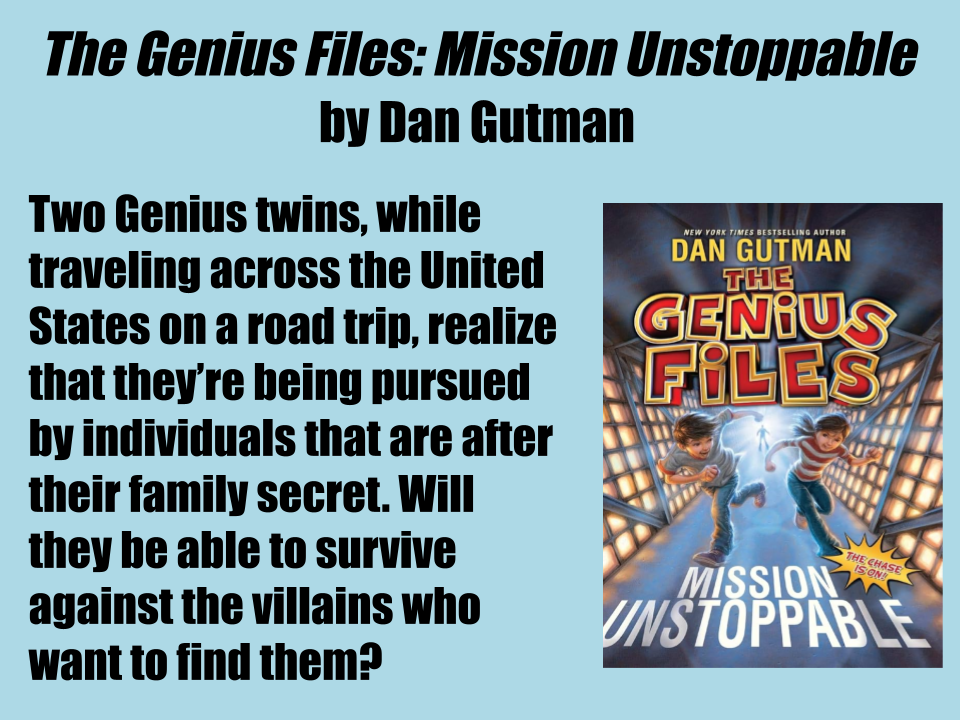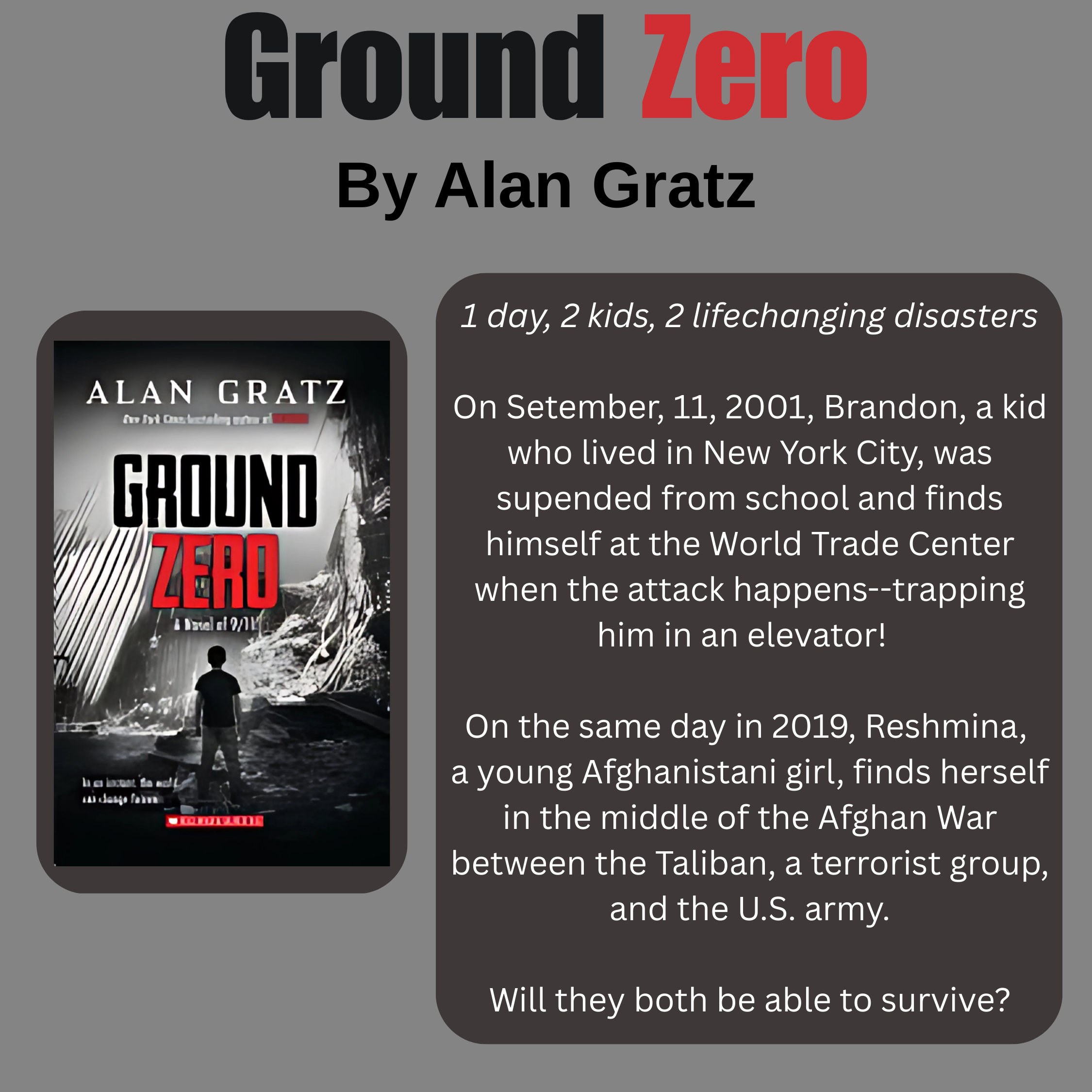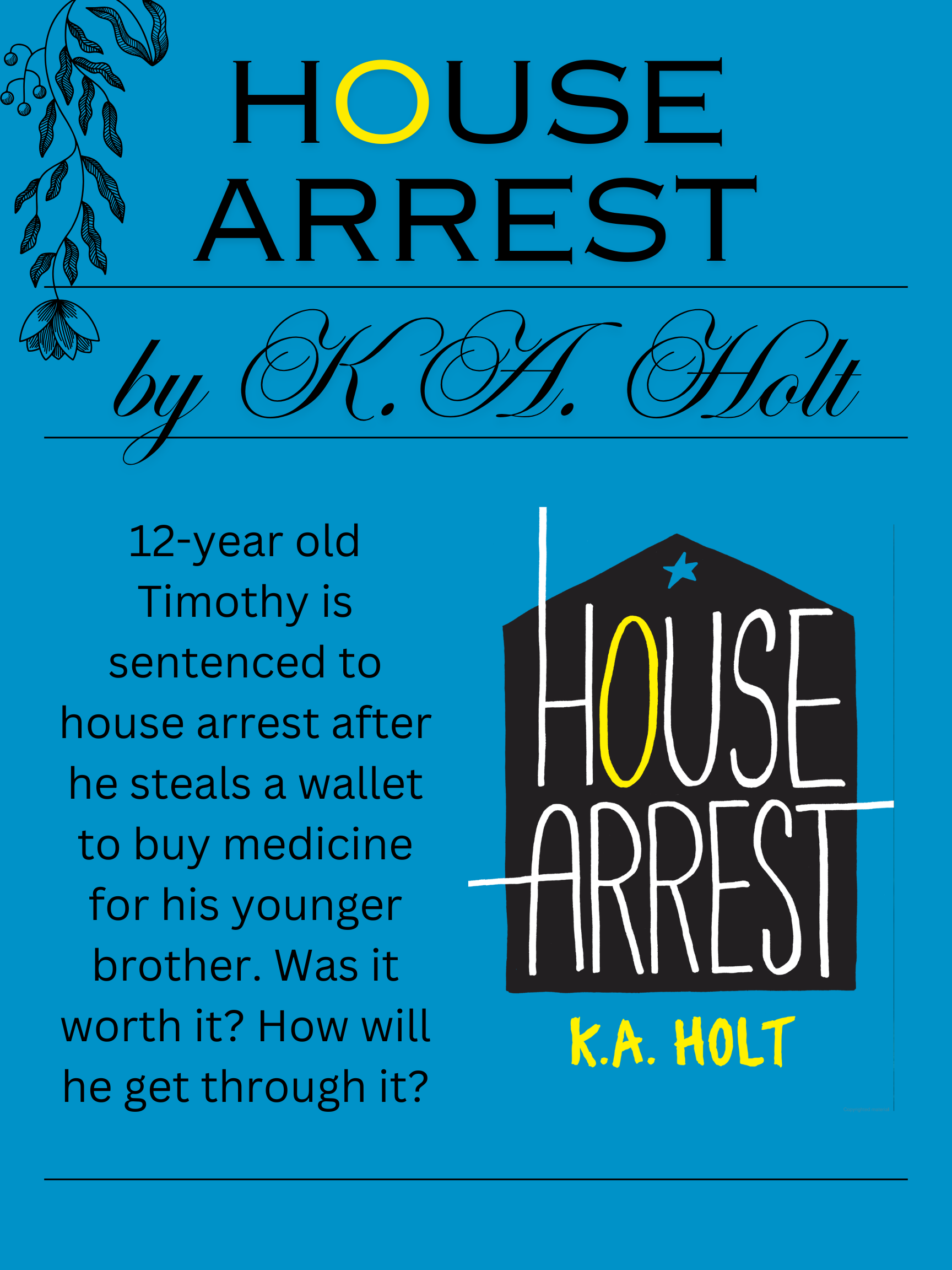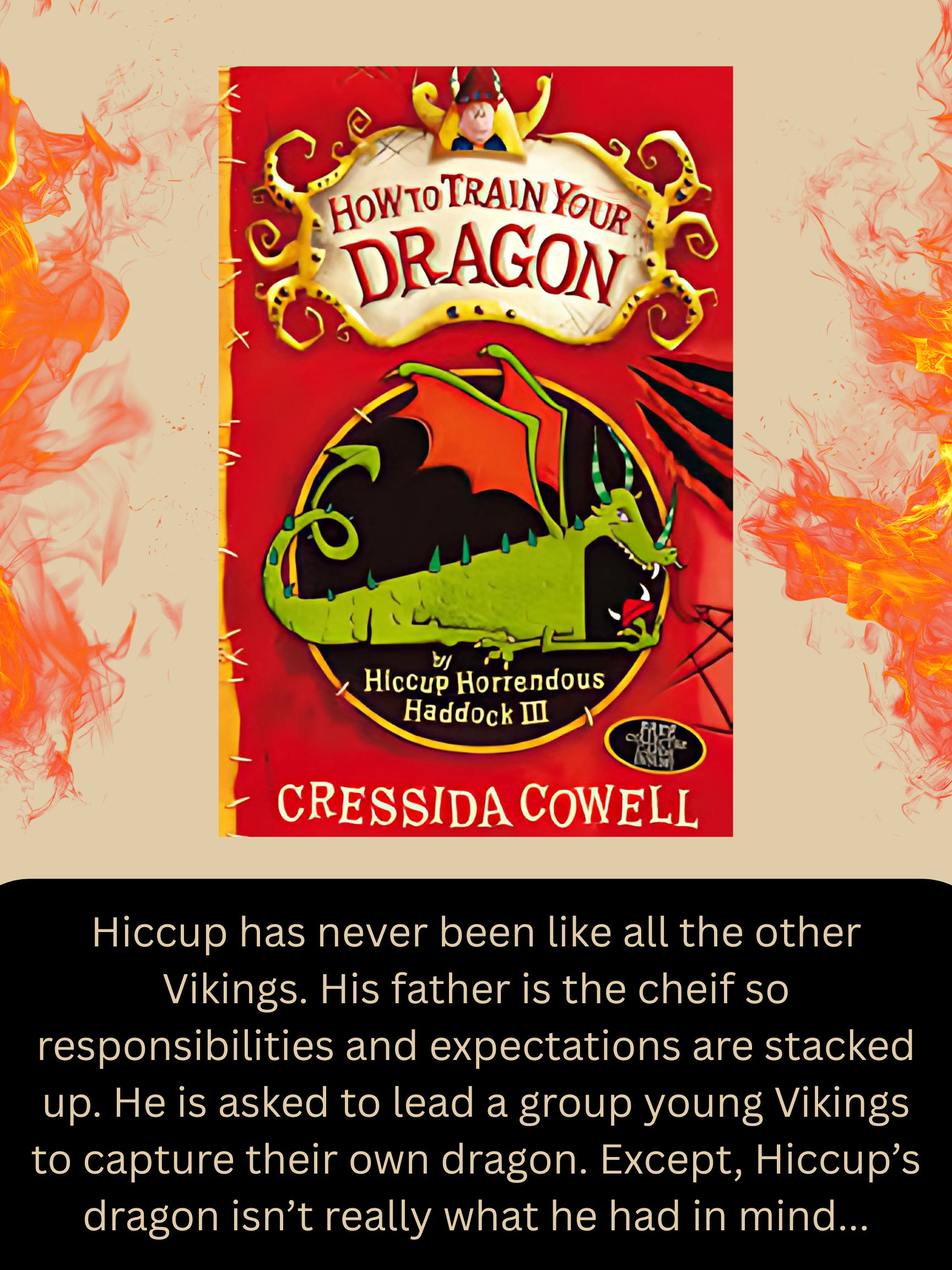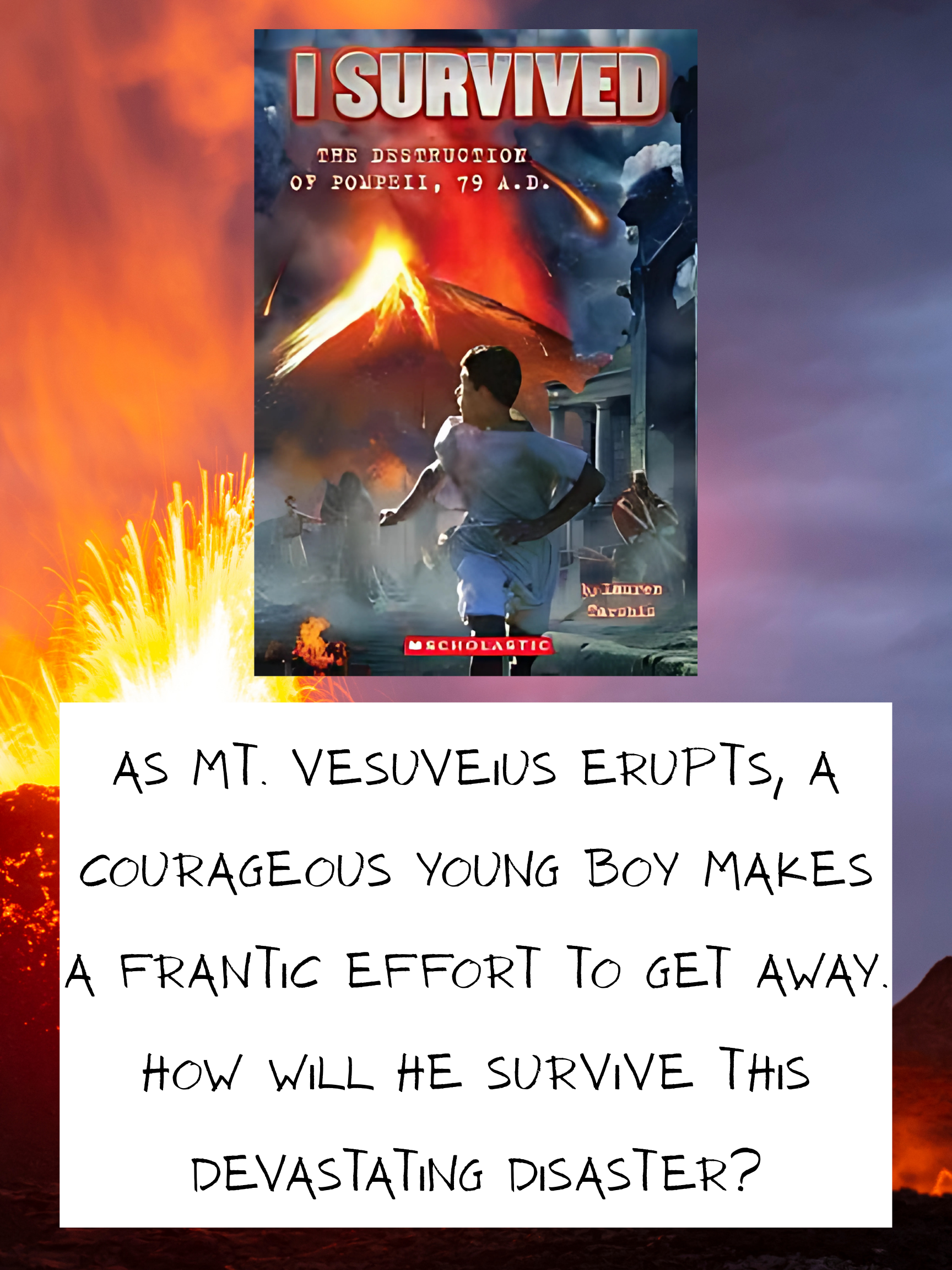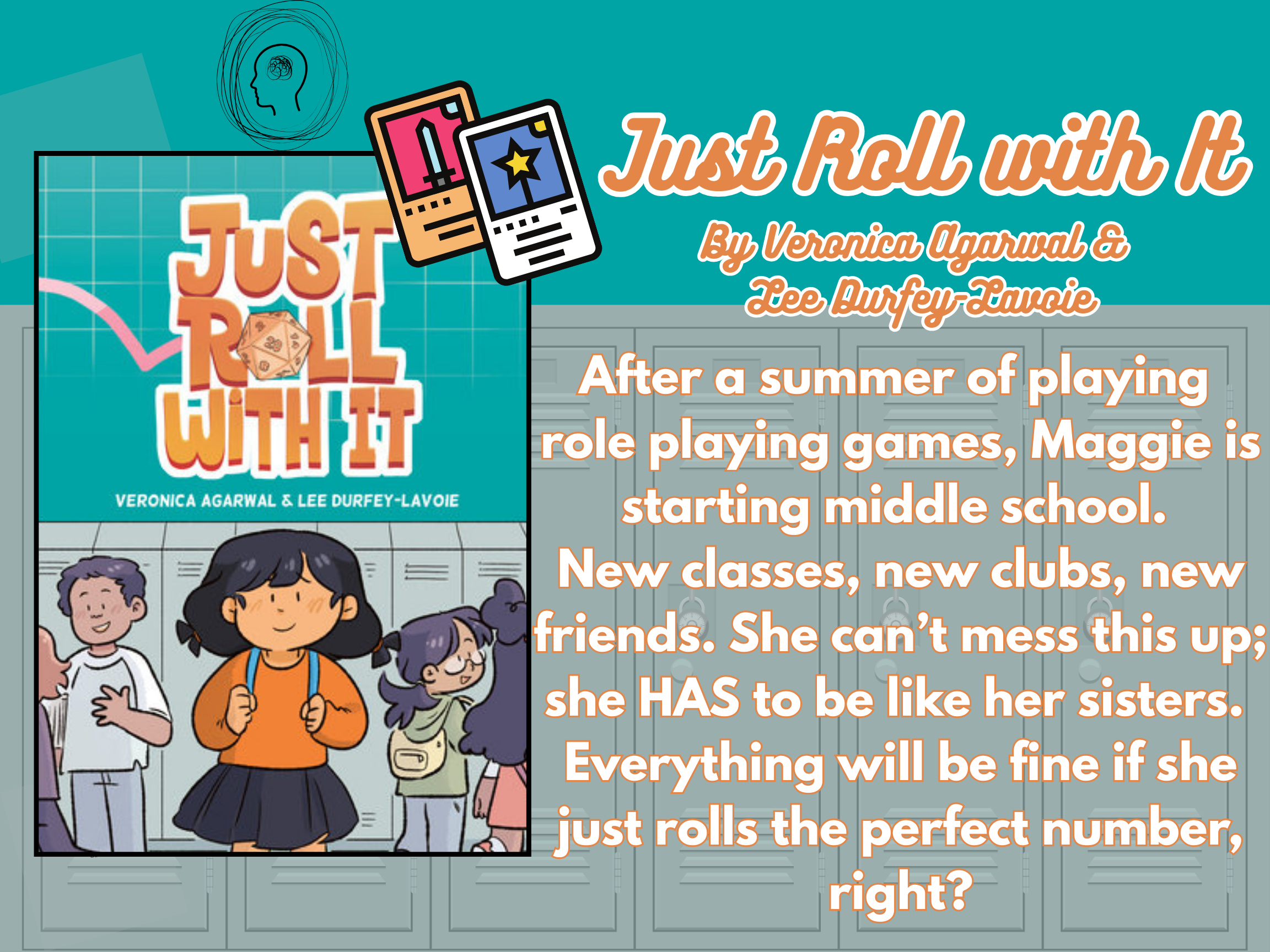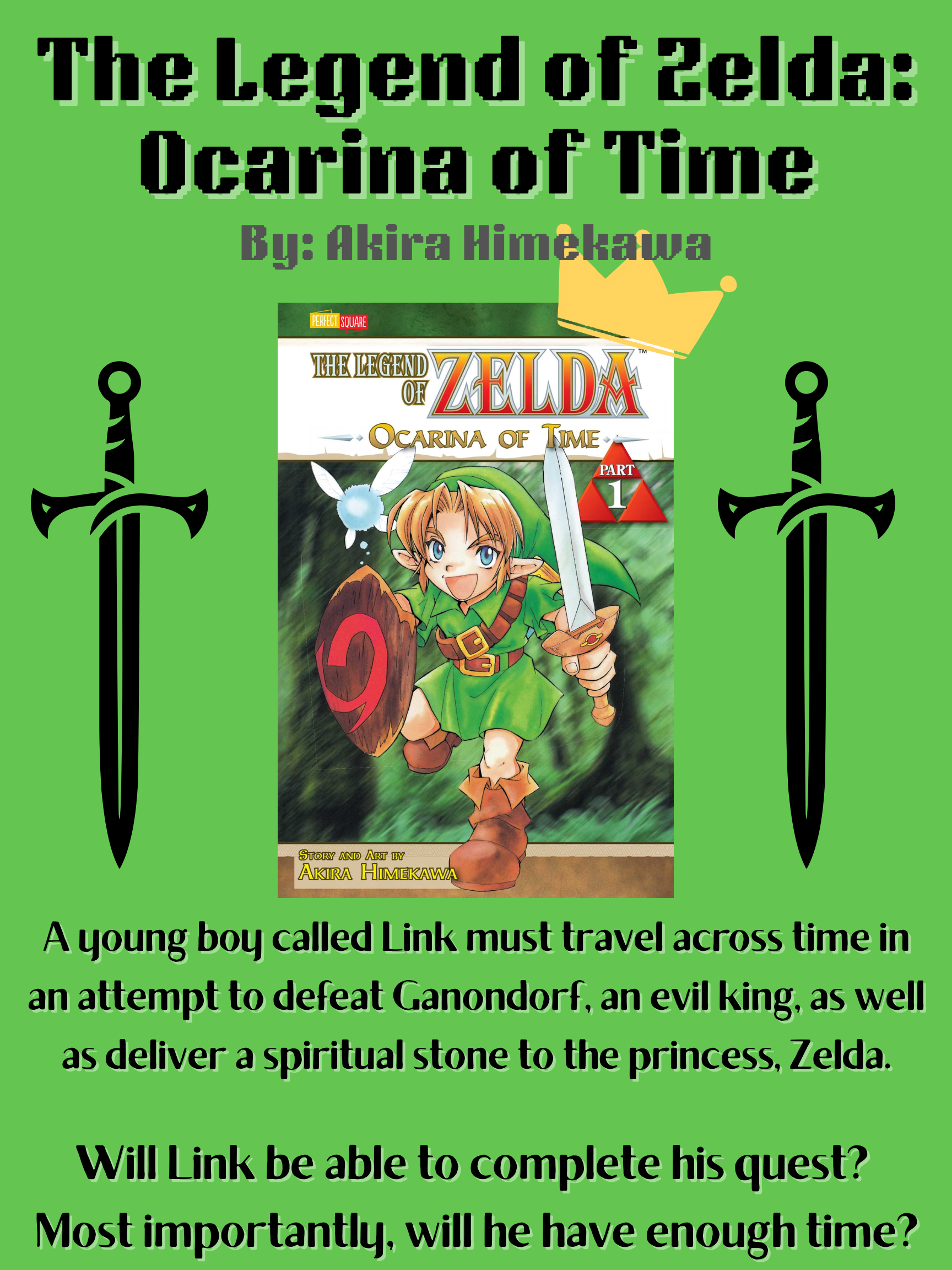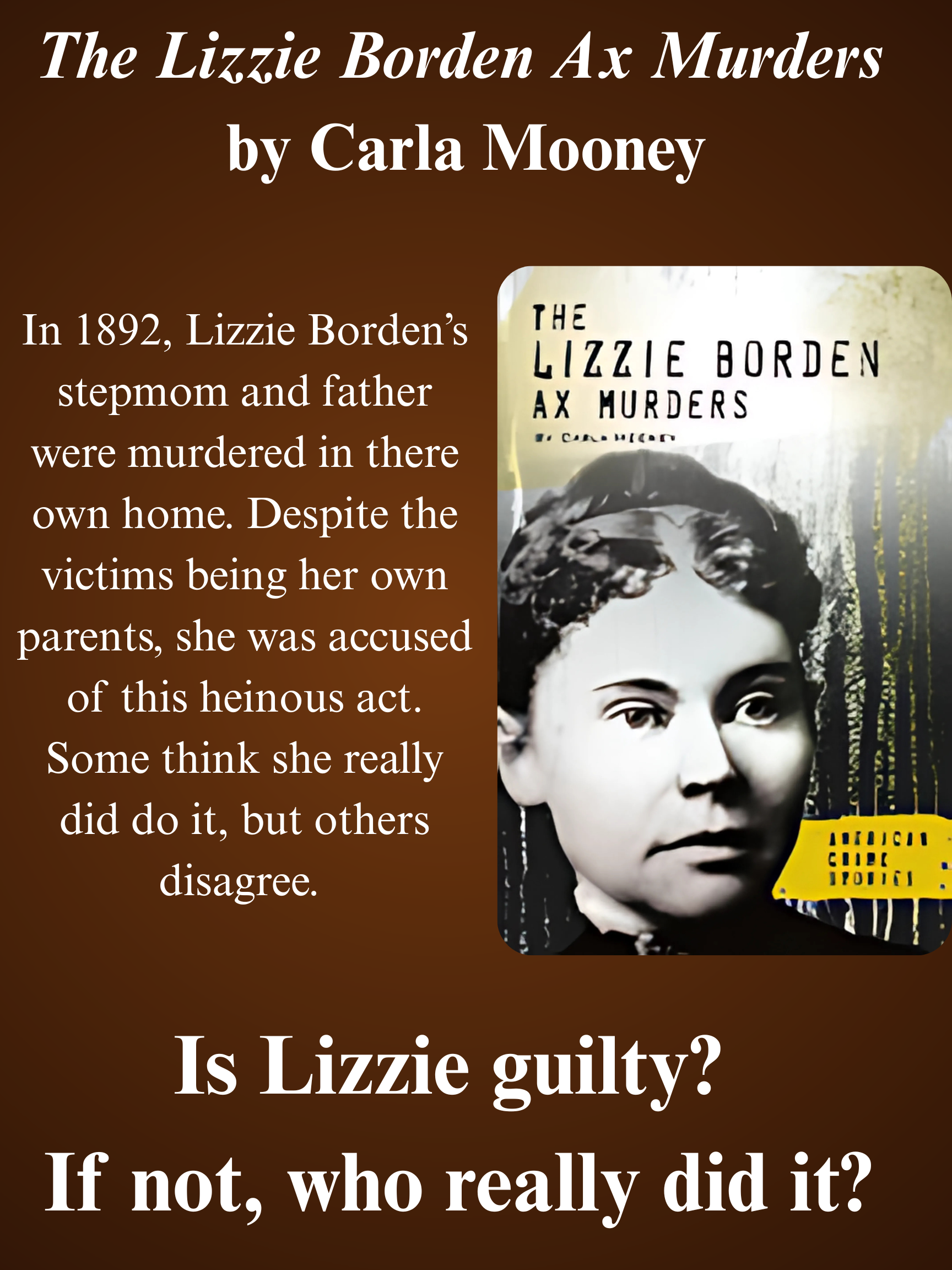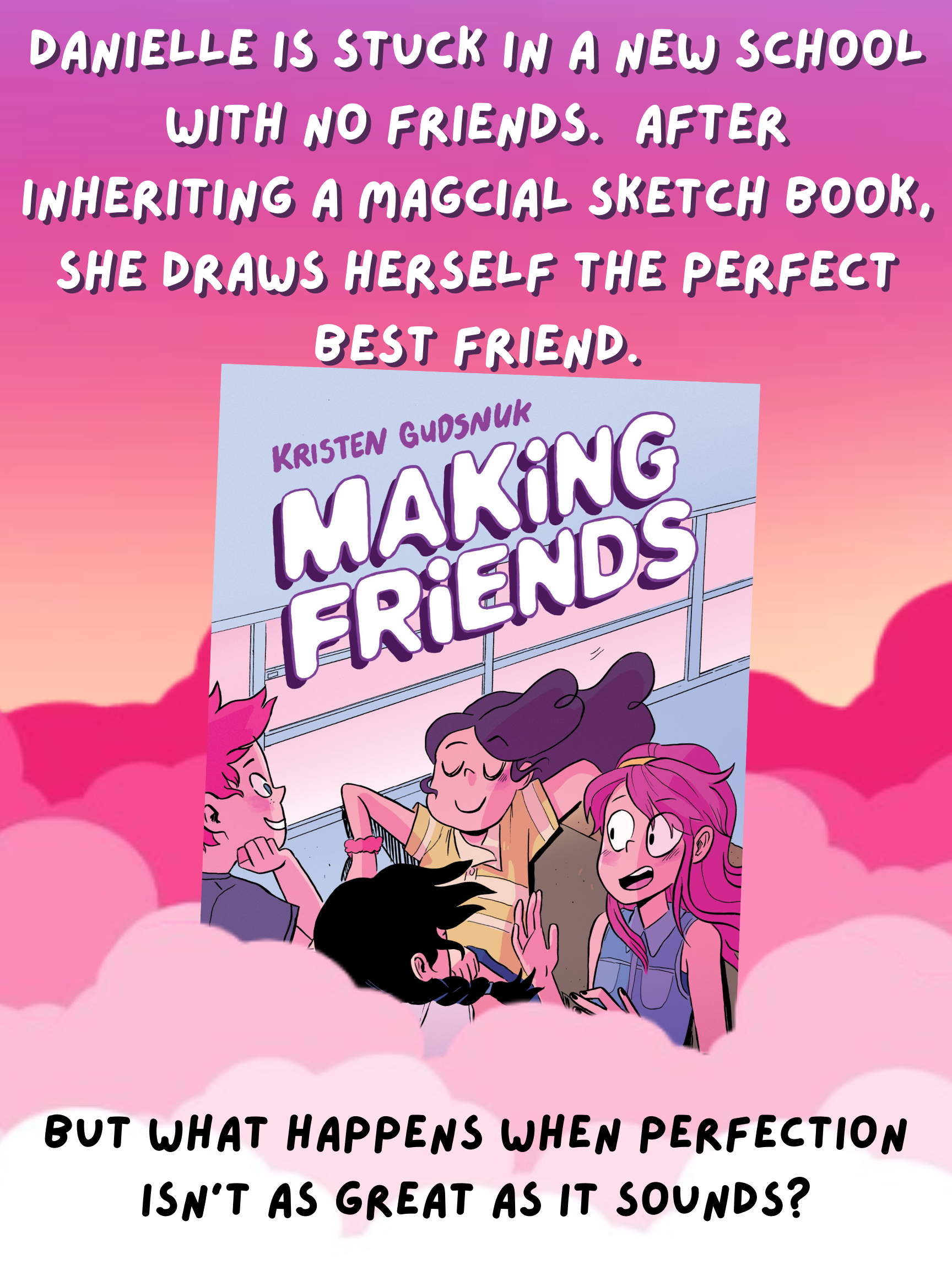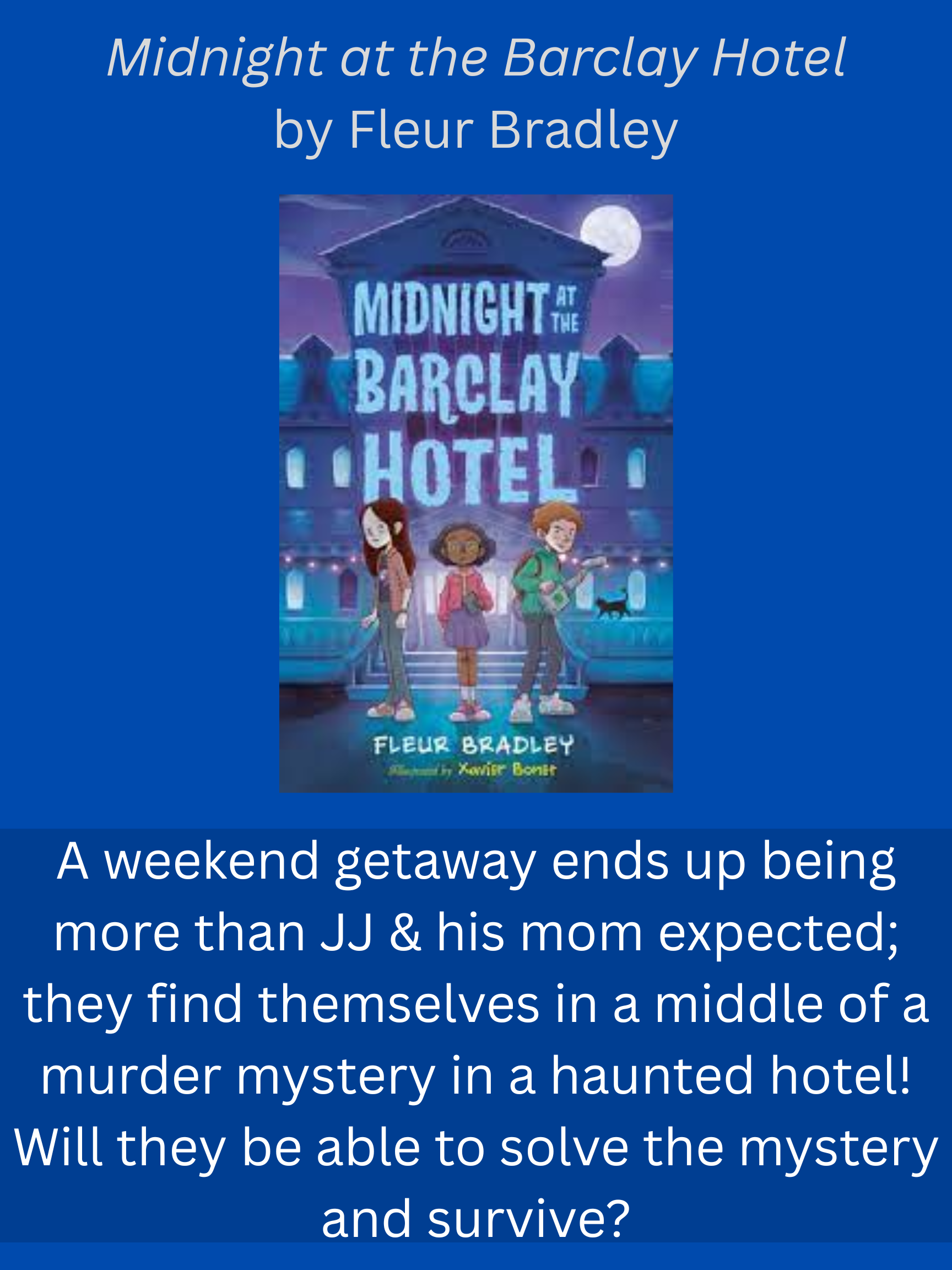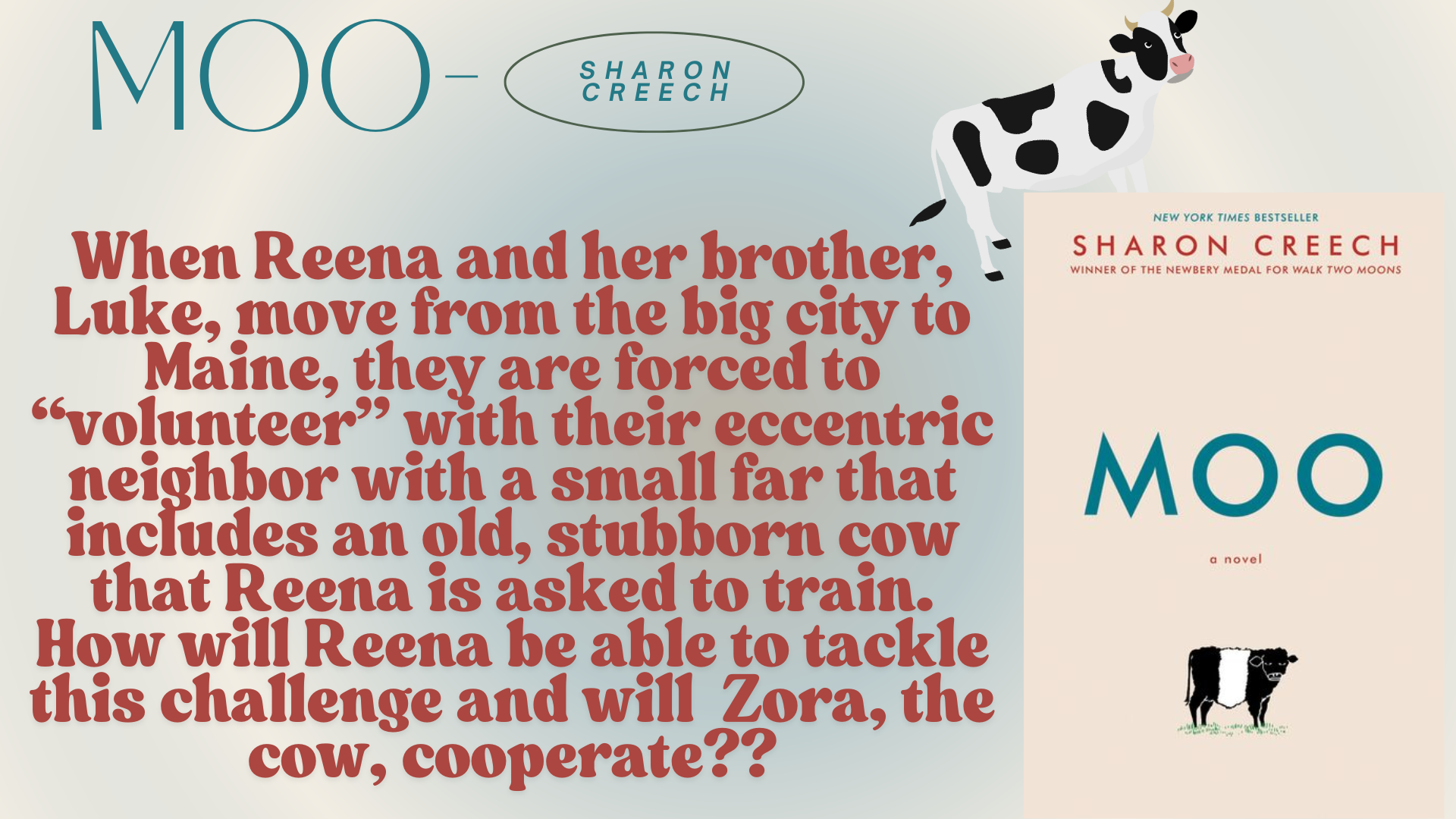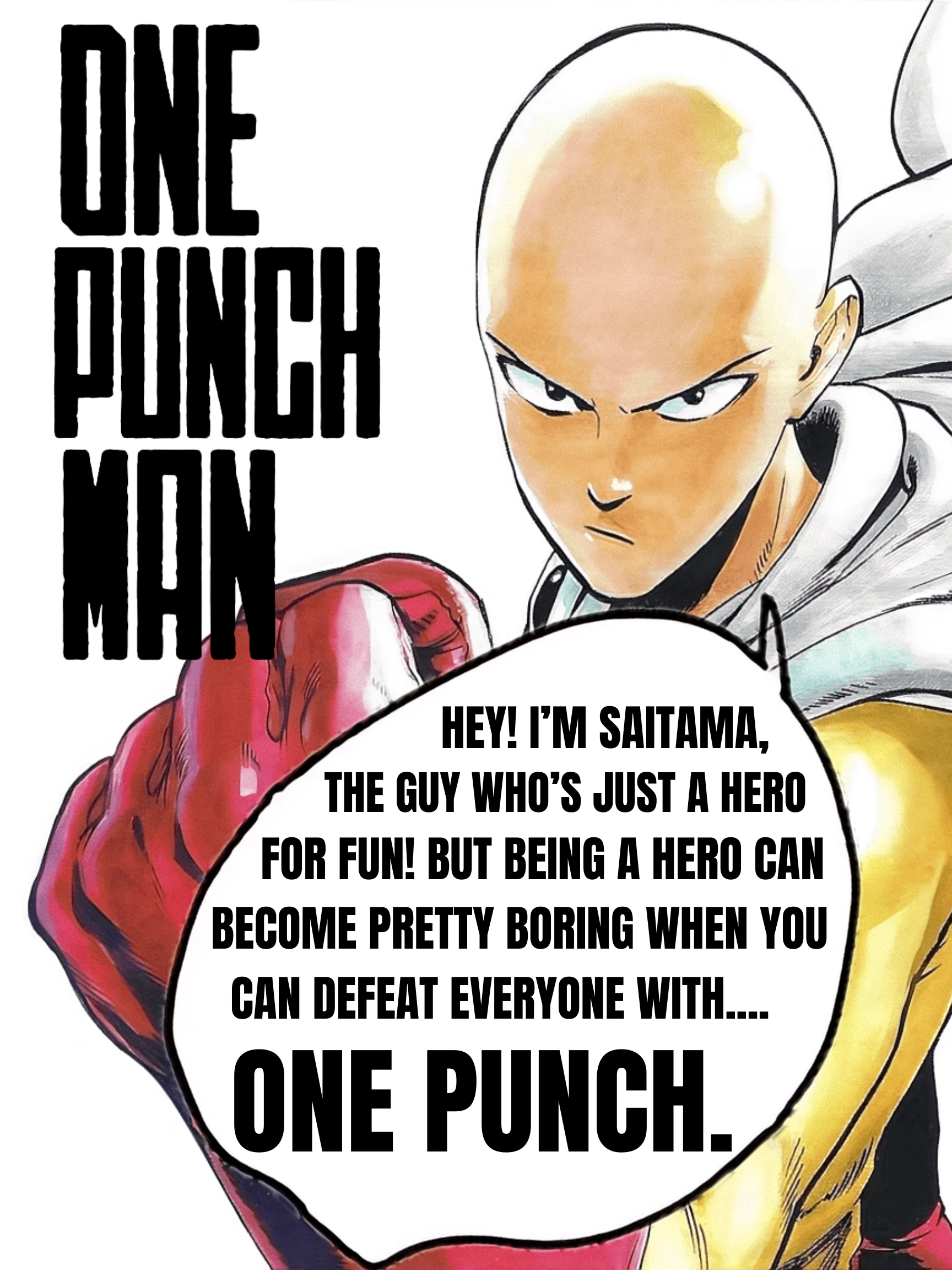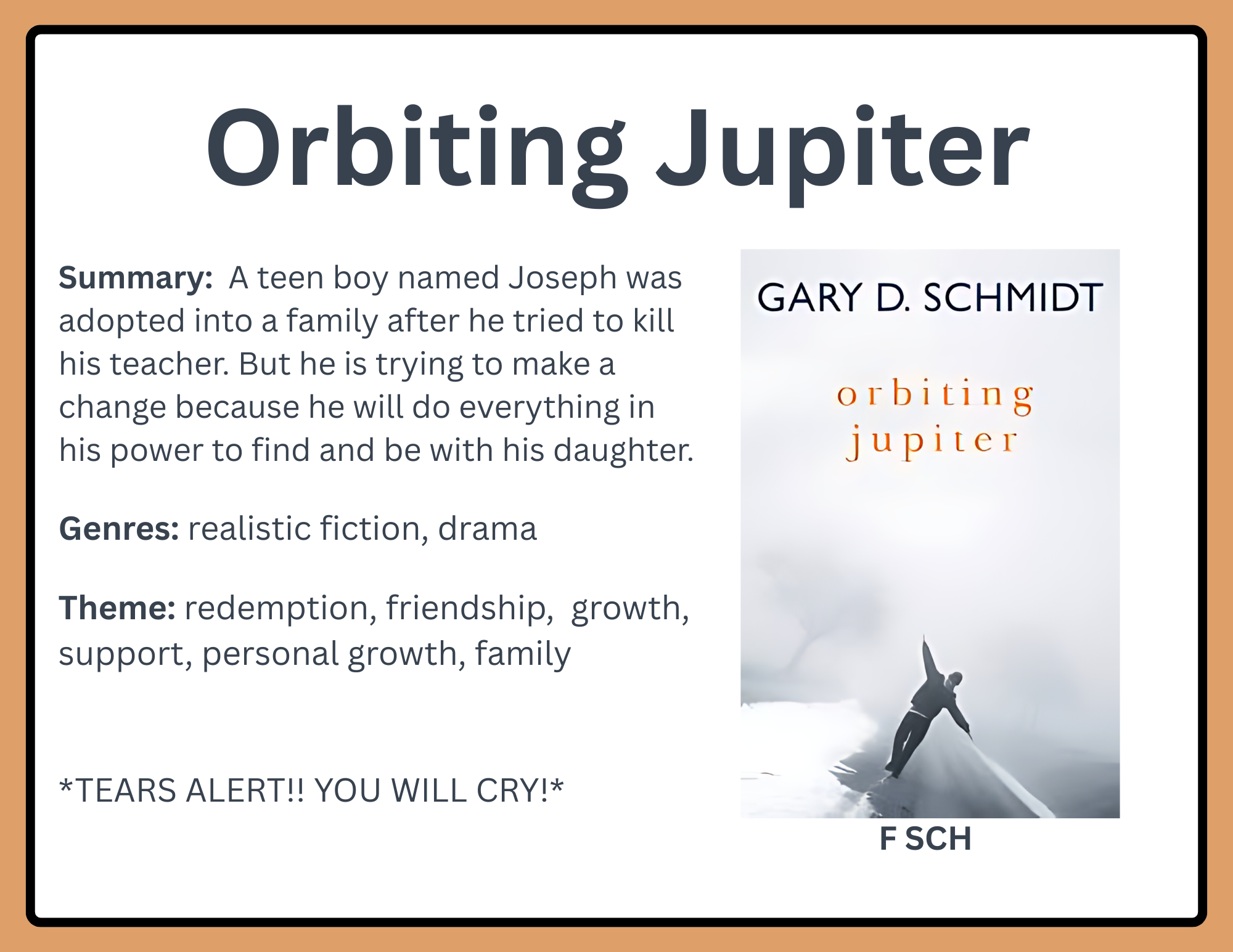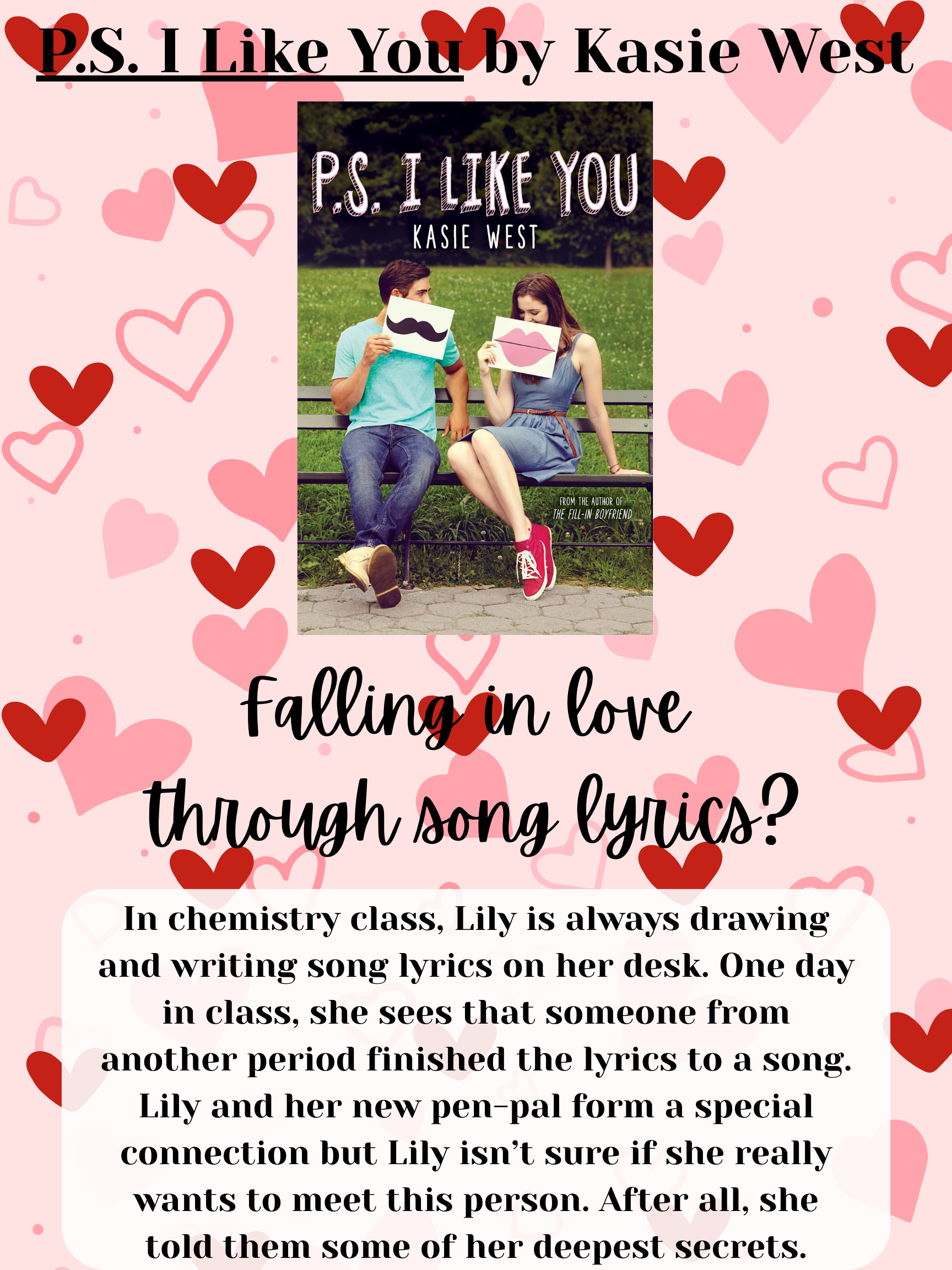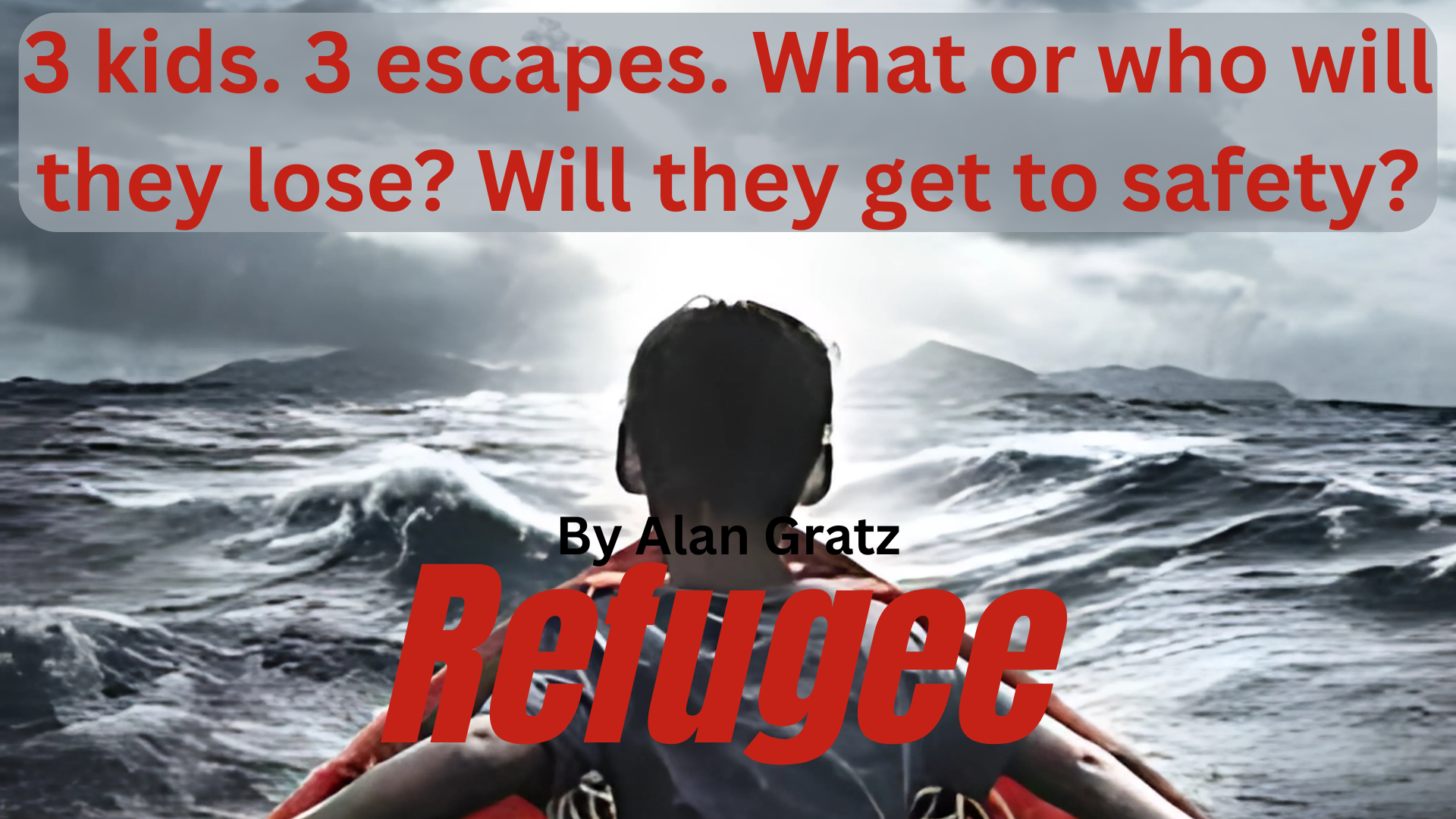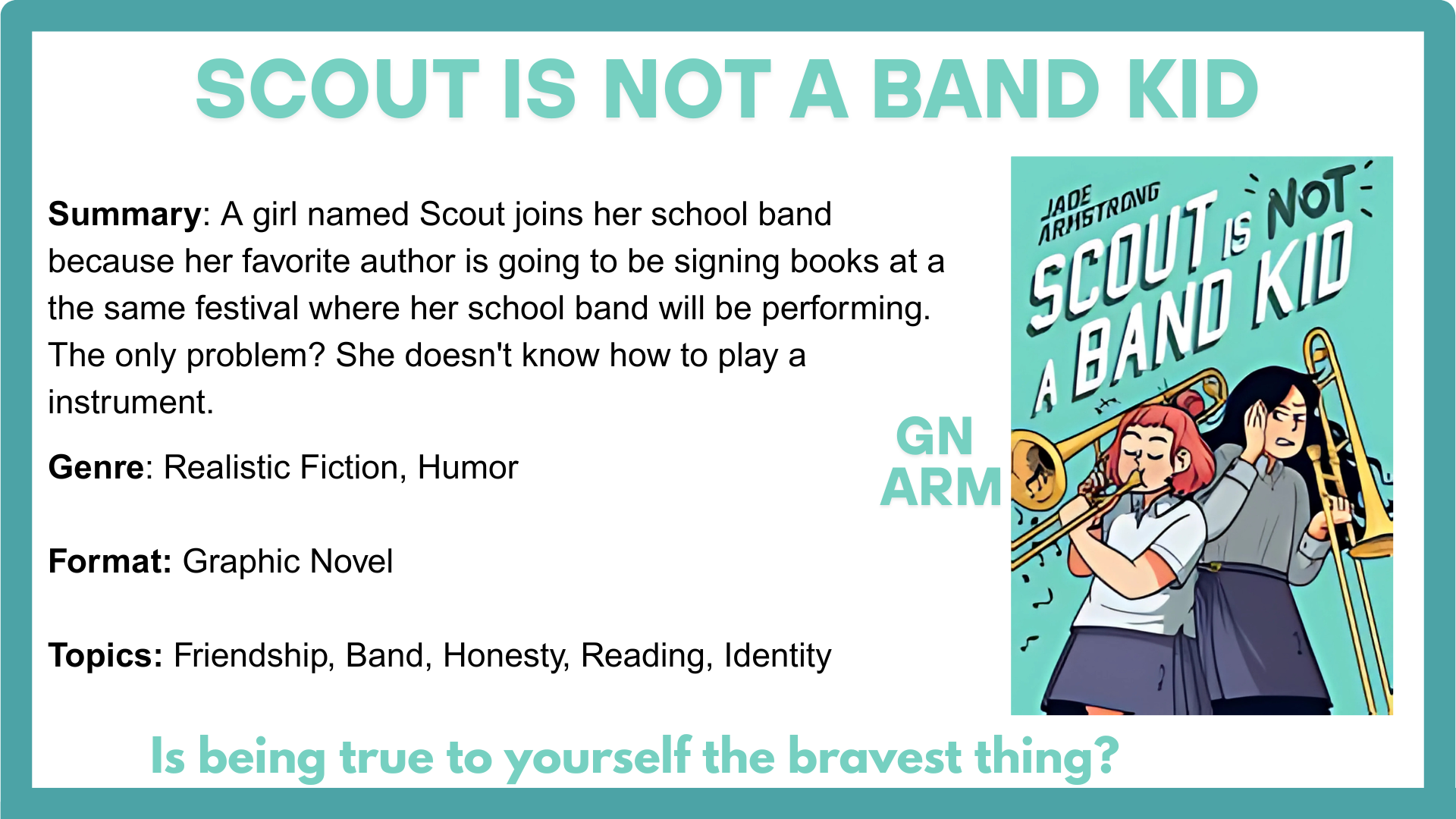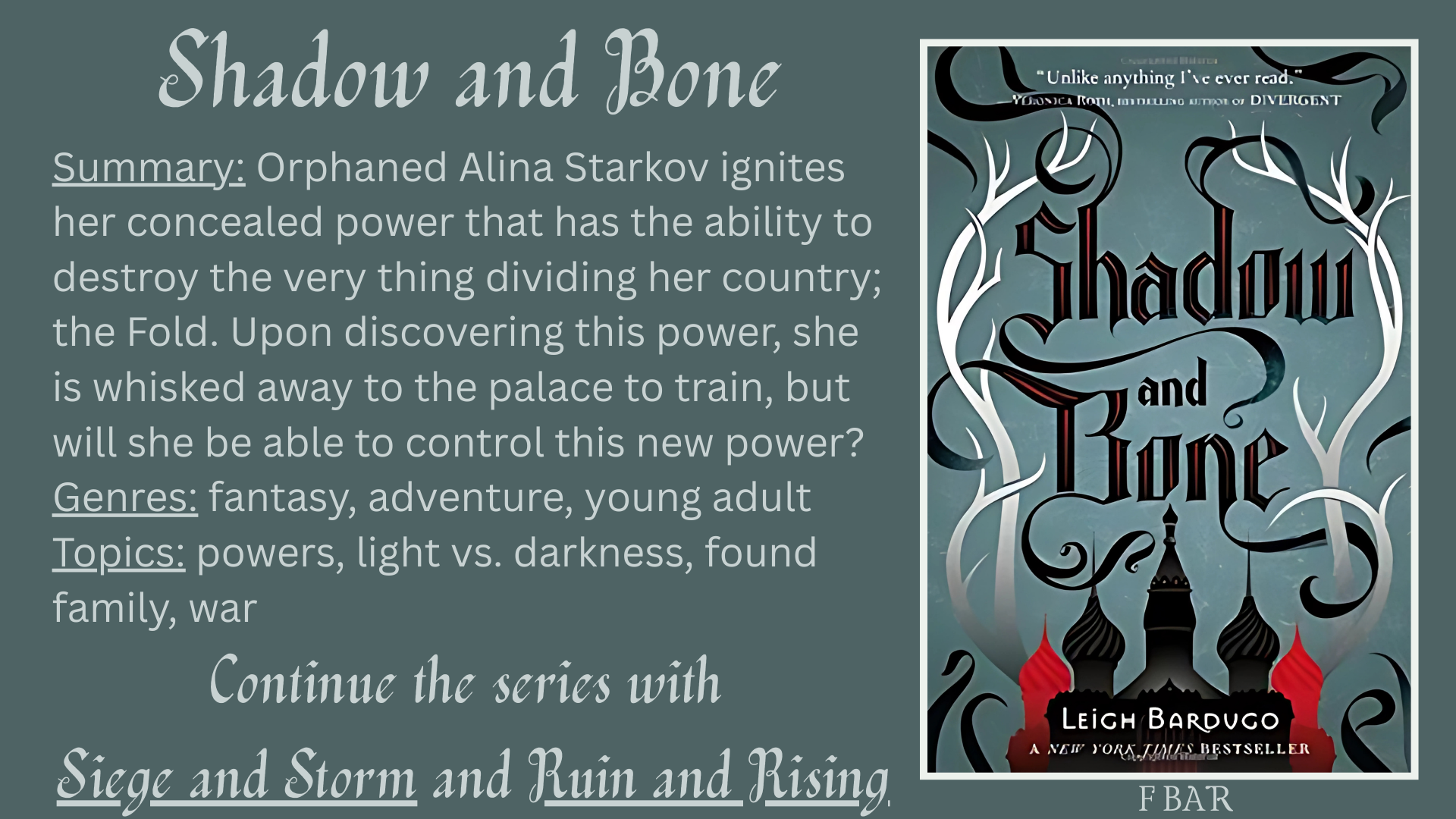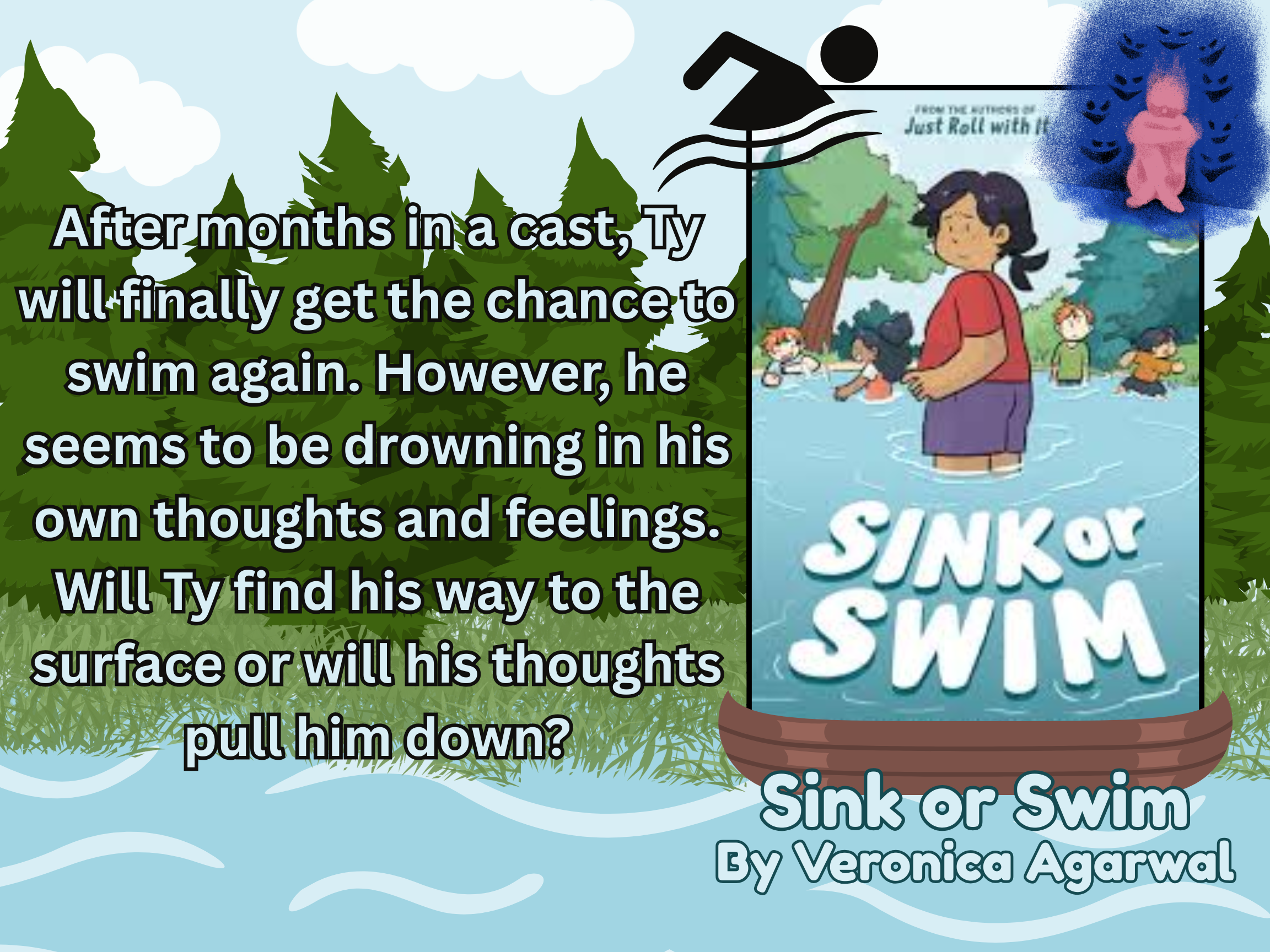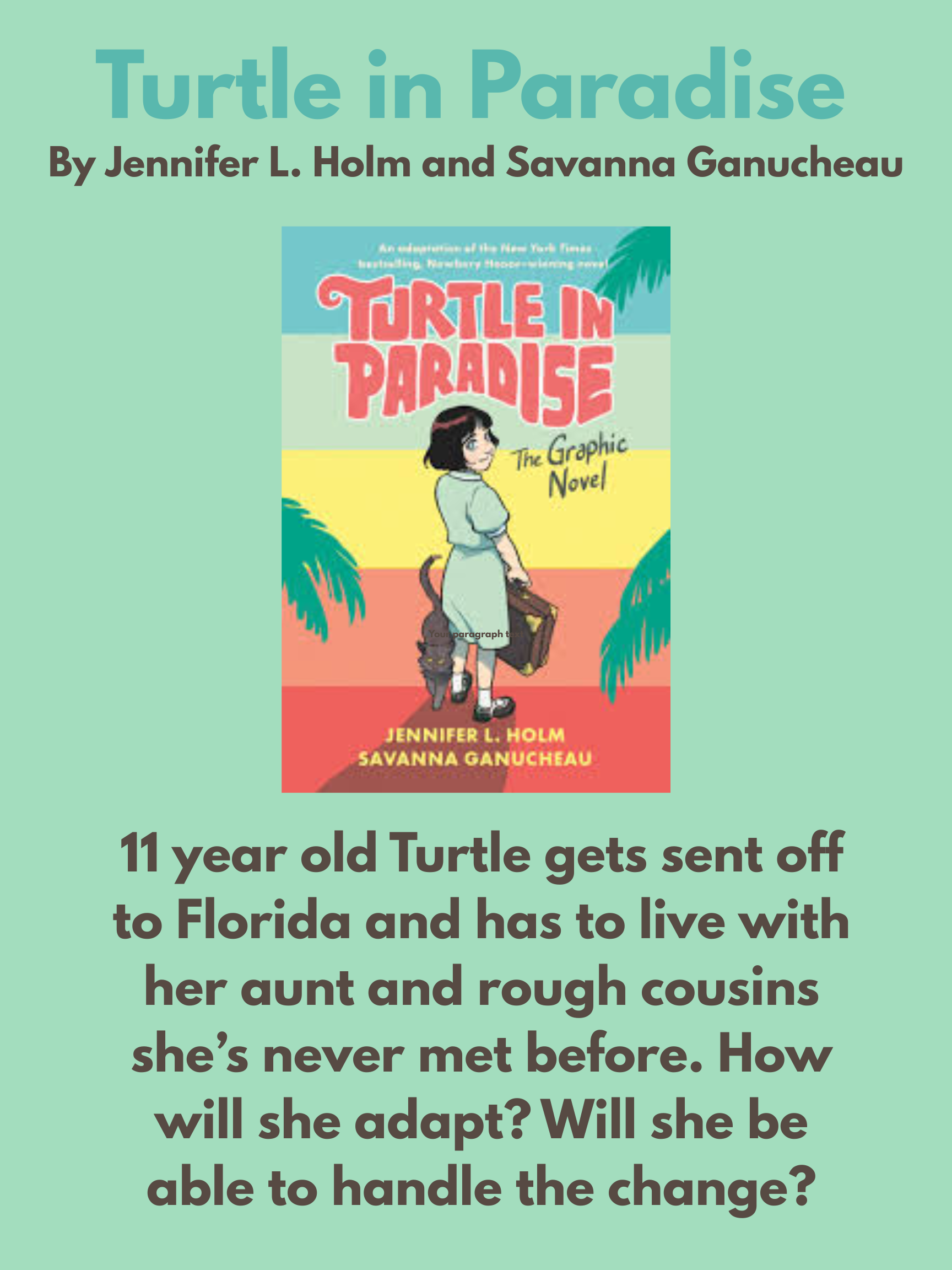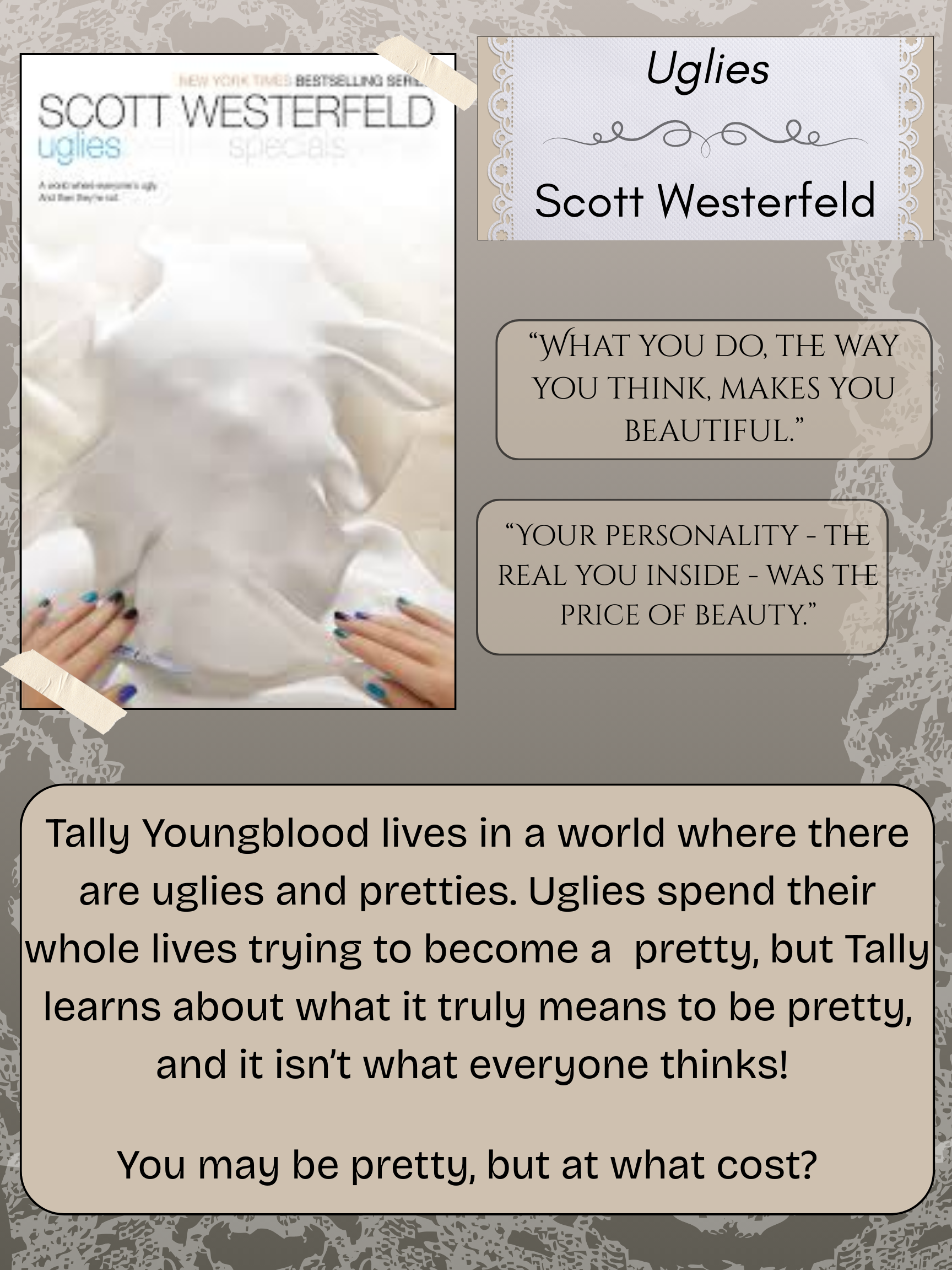“A Writing Process, Possessed!”
I’m a pretty simple person: I get up around the same time every day, play the same game on my phone while I eat breakfast, chat and laugh with my grandmother before I go upstairs to work. I come back briefly for lunch, sometimes take a nap, then cook dinner and write for a bit after Grandma goes to bed. On Mondays, I meet with my writing friend to write at a local coffee shop. On Saturdays (if the weather’s nice), I’ll have a water and read outside with my stray cat buddy, Butter. Every day is roughly the same for me, for better or worse. However, that consistency in routine doesn’t extend to my writing! I’m chaotic, impulsive, indecisive, and at times, infuriating to myself. It’ll be hard to quantify, but I can try to wrestle my writing routine into something other than nonsense. Let’s try!
First, I do my best writing in the mornings. If I’m on deadline for something like line/copy edits, or marketing, I make sure I crank those out in the morning while my brain is fresh. For simpler tasks that require an analytical brain and not creative, I can usually get quite a bit done in a short amount of time. I put on some music and lose myself to the task at hand until I remember I haven’t moved for four hours! I can also be a bit obsessive here, but Grandma usually keeps me grounded. When I’m editing, life is regimented and structured.
When I’m not editing…all bets are off. If I’m drafting, or thinking up a new story idea, or even thinking about substantial developmental edits, I turn into a pure goblin. I will listen to a single song on repeat and choreograph fight scenes, often before I even have a solid plot. I’ll take lots of walks and bubble baths, just ruminating on themes and characters. During this time, I don’t sleep well. One night, I’ll stay up until four am, obsessing over some minor detail. The next night, I’ll sleep for hours, in fits and starts, feverishly writing down my scraps of dreams or dialogue I thought of in the half-light of dawn. If I’m drafting, I have a bad habit of writing until my fingers and wrists ache, sometimes up to 5,000 words in a day. But then the next few days I might not write a word and just stare at the wall.
I don’t recommend my process to anyone! It feels a bit like being possessed, if I’m honest. But as much as I bellyache about the lack of sleep, or the times when I’m stuck and listless for weeks, there’s truly no better feeling than nailing a scene or coming up with a pitch-perfect piece of dialogue. I feel this way when I’m enjoying a new game I love, or a new movie or TV series I’m obsessed with. But instead of becoming obsessed with someone else’s work, it’s mine! I’m my first fan, and I think that’s wonderful. I put all my love and passion into all my books, whether that’s romance, science fiction, horror, or fantasy. It gets all of me, and I like to think that shows in the writing.
A few more fun facts about my process:
- I write on my phone! Not just quick notes on dialogue or character traits, but the actual first draft. It’s a habit born from my college days when I’d write on my phone on the bus to school, and that just stuck. My phone is always with me, so I think it’s convenient to jot down half a chapter while I’m waiting at a doctor’s office or hair appointment.
- Brainstorming is a huge part of my process—I like to have almost everything planned out before I start, because once the train is rolling, it doesn’t stop until I’m done. If I have to stop and think about what comes next, the momentum is gone and my wild brain will wander off to another book.
- Grandma helps me brainstorm, but she hates it! She doesn’t like horror at all, so she’s always complaining about my scary stories. She doesn’t like romance for teens either, so she’s constantly rolling her eyes. But she valiantly listens, and she’s given me great feedback and ideas over the years!
- My favorite part of the process is the idea before it’s fully solidified, even if my sleep schedule suffers greatly. I specifically love choosing what dog will be in this book (there’s always a dog!) because I get to look at pictures of puppies and call it work!
That’s all from me! Like my many genres, I can’t stick to one thing; sometimes I’m consistent and diligent. Other times, I’m staring at the wall for three hours, trying to figure out how to get two characters to kiss. Or escape zombies! Just depends on the day with me! Though it’s a chaotic job, I love it. Writing is where I can truly be free, and for that I’m grateful.
Published April 29th, 2025 by HarperCollins
About the Book: Nav knows how to flirt, but she also knows love is a messy losing proposition. As proof, her best friend, Hallie, is constantly getting her heart broken. And when Hallie goes to her boring academic camp this summer, Nav won’t be there to protect her for the first time in their lives.
So when shy new girl Gia asks Nav for help getting Hallie’s attention, Nav finds a way to make it work for her. In exchange for lessons in romance, Gia, whose mom runs the camp, will help get Nav a spot there. And if her coaching works, maybe Hallie can date someone who will treat her right for a change.
Except…Gia’s not just bad at flirting, she’s terrible. She’s too anxious to even speak to Hallie, never mind date her. Training Gia quickly becomes a disaster. Worse, Gia’s every awkward joke and catastrophic fake date makes Nav like Gia a little bit more…and not in a friend way. Which puts a really, really big wrench in Nav’s plans. As Nav’s feelings change, she’ll have to decide what’s more important: sticking to her plan for the perfect summer or taking a chance on learning more about love than she ever expected.
About the Author: Jessica Lewis has a degree in English literature and animal science (the veterinarian plan did not work out). She began her publishing career in horror with Bad Witch Burning, a Bram Stoker nominee for Superior Achievement in a Young Adult Novel, and Monstrous. She also writes cute middle grade rom-coms under the pseudonym Jazz Taylor, which include Cool Cat, Meow or Never, and Starting from Scratch. Jessica is from Alabama, where she writes full-time and lives with her hilarious grandmother. You can learn more at authorjessicalewis.com.
Thank you, Jessica, for sharing your writing process!
